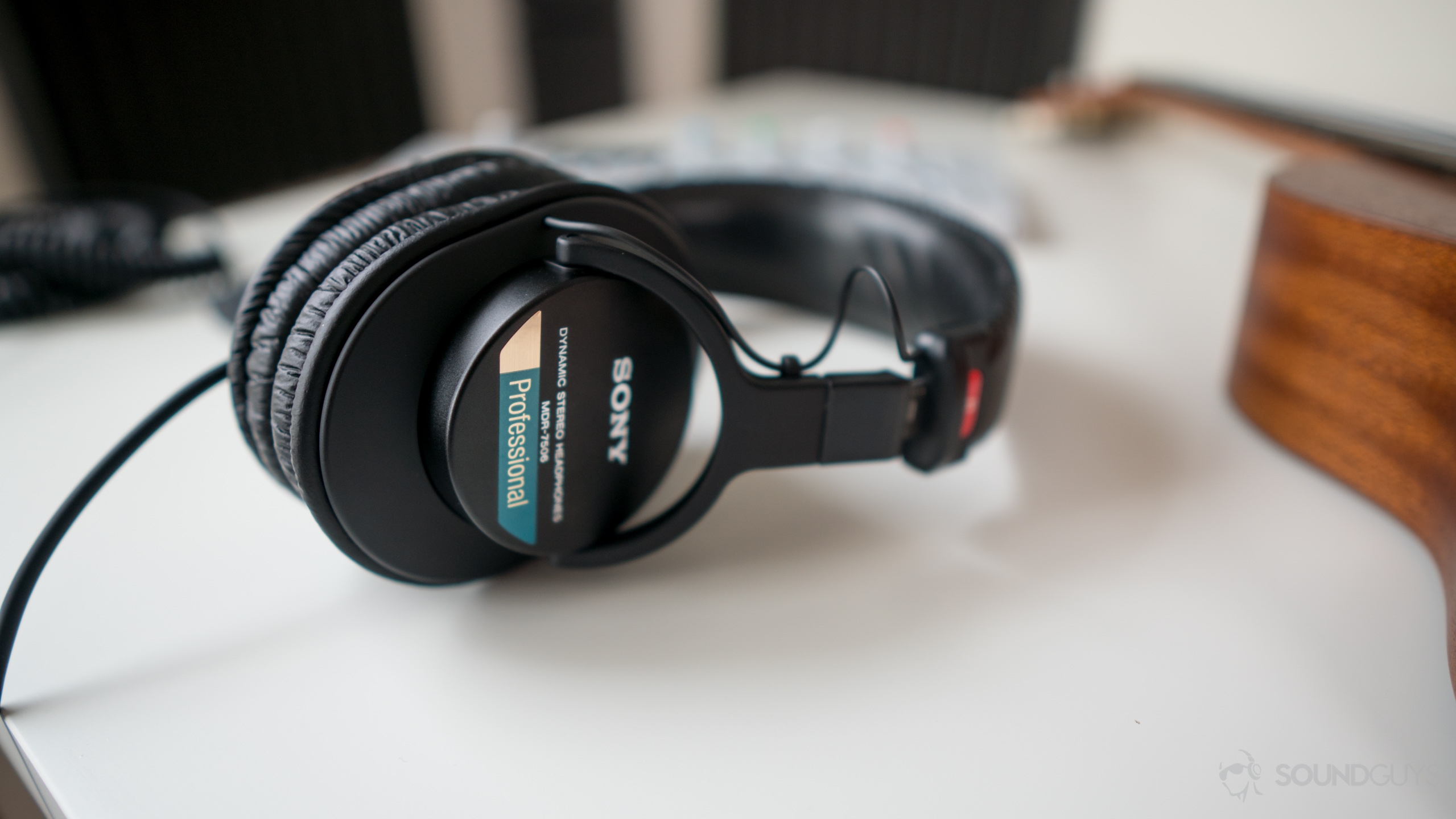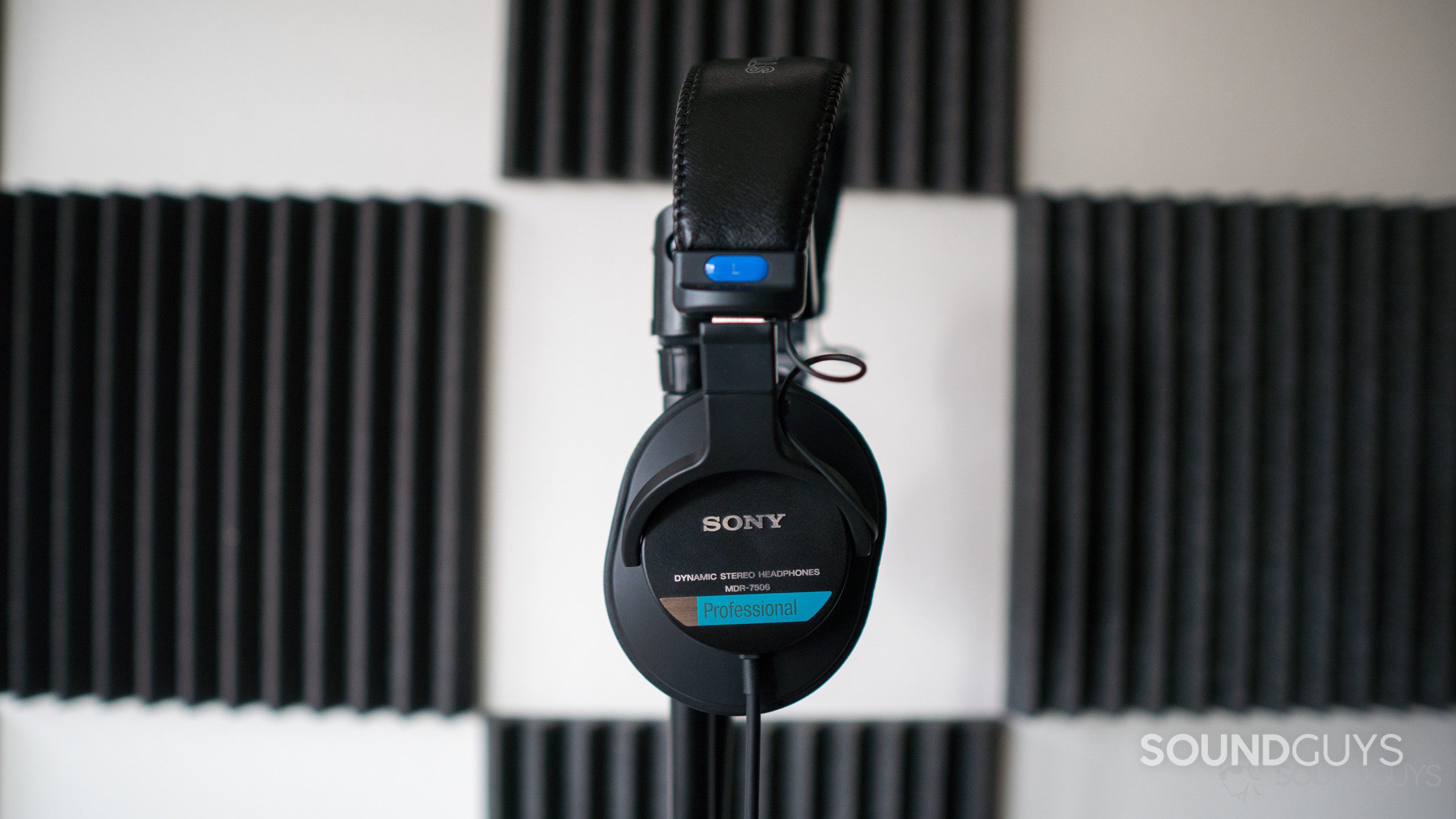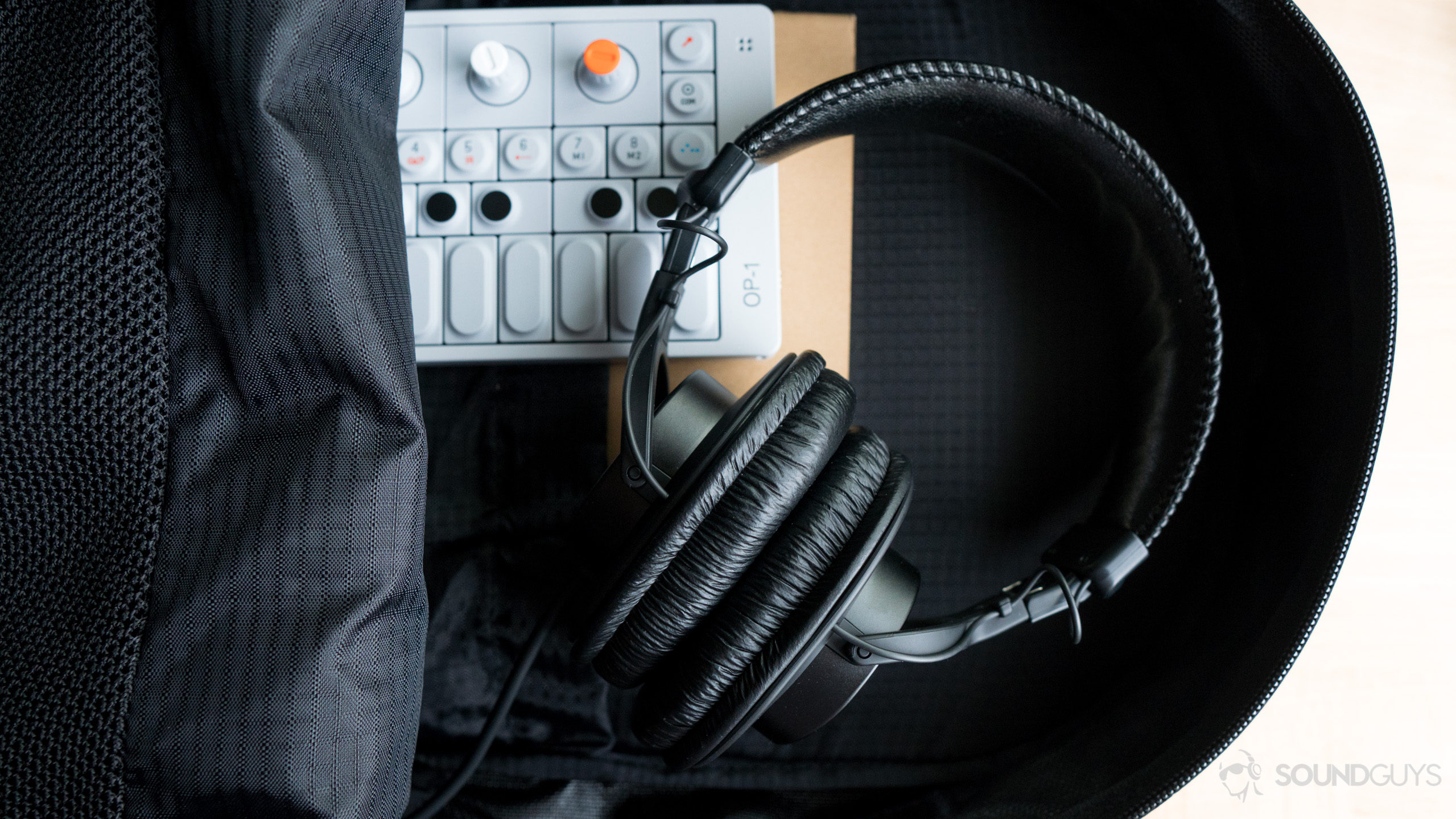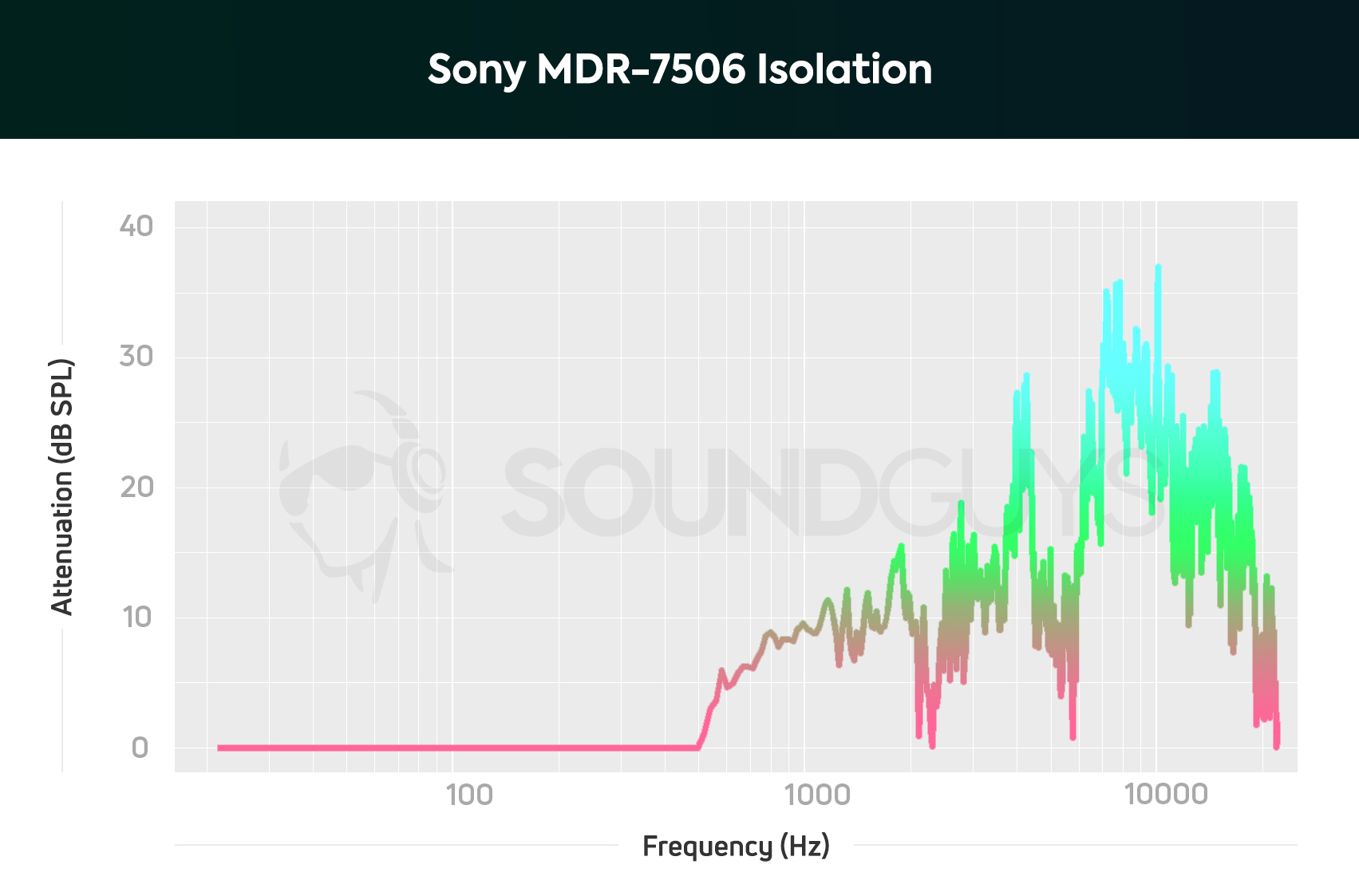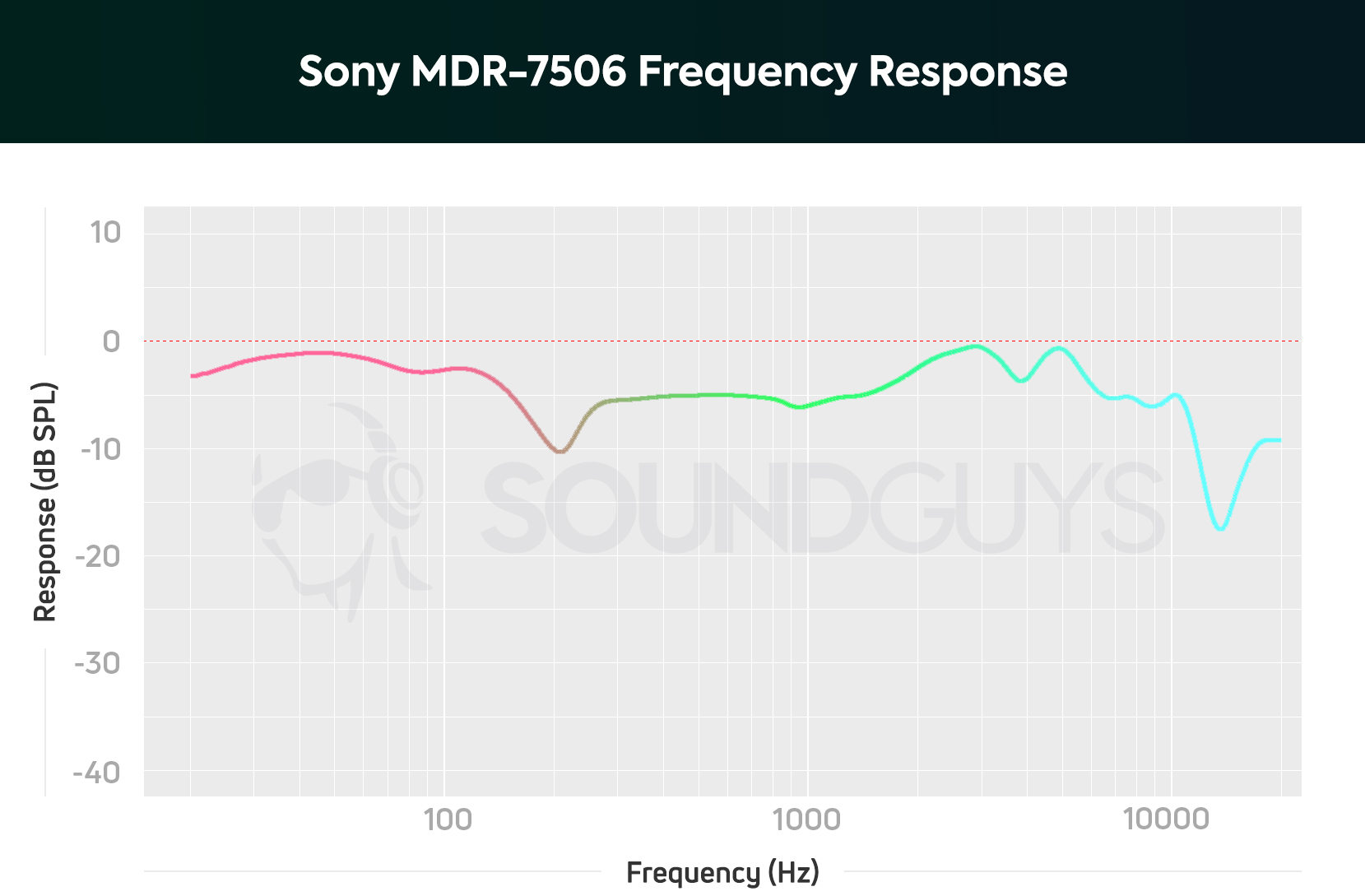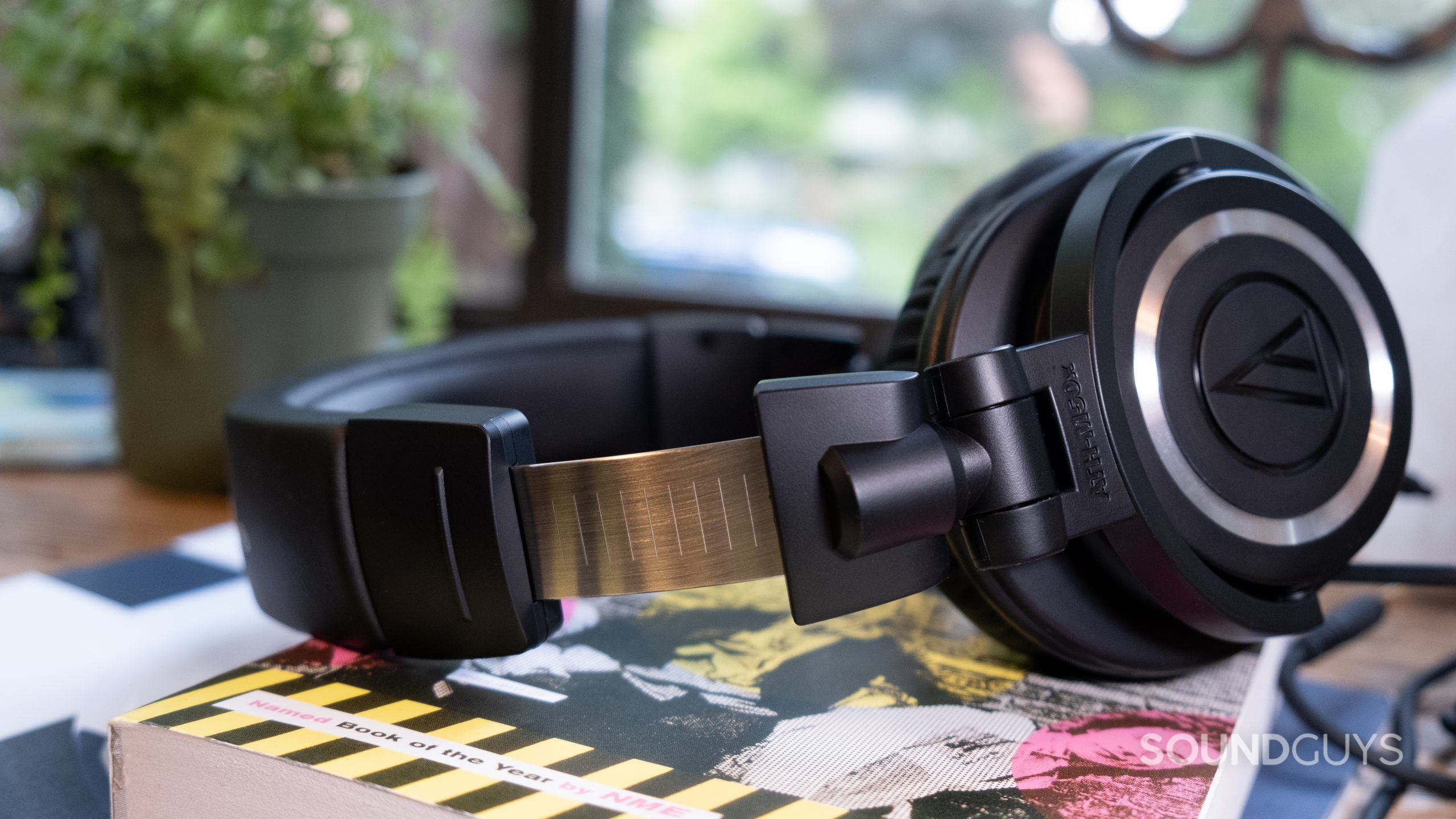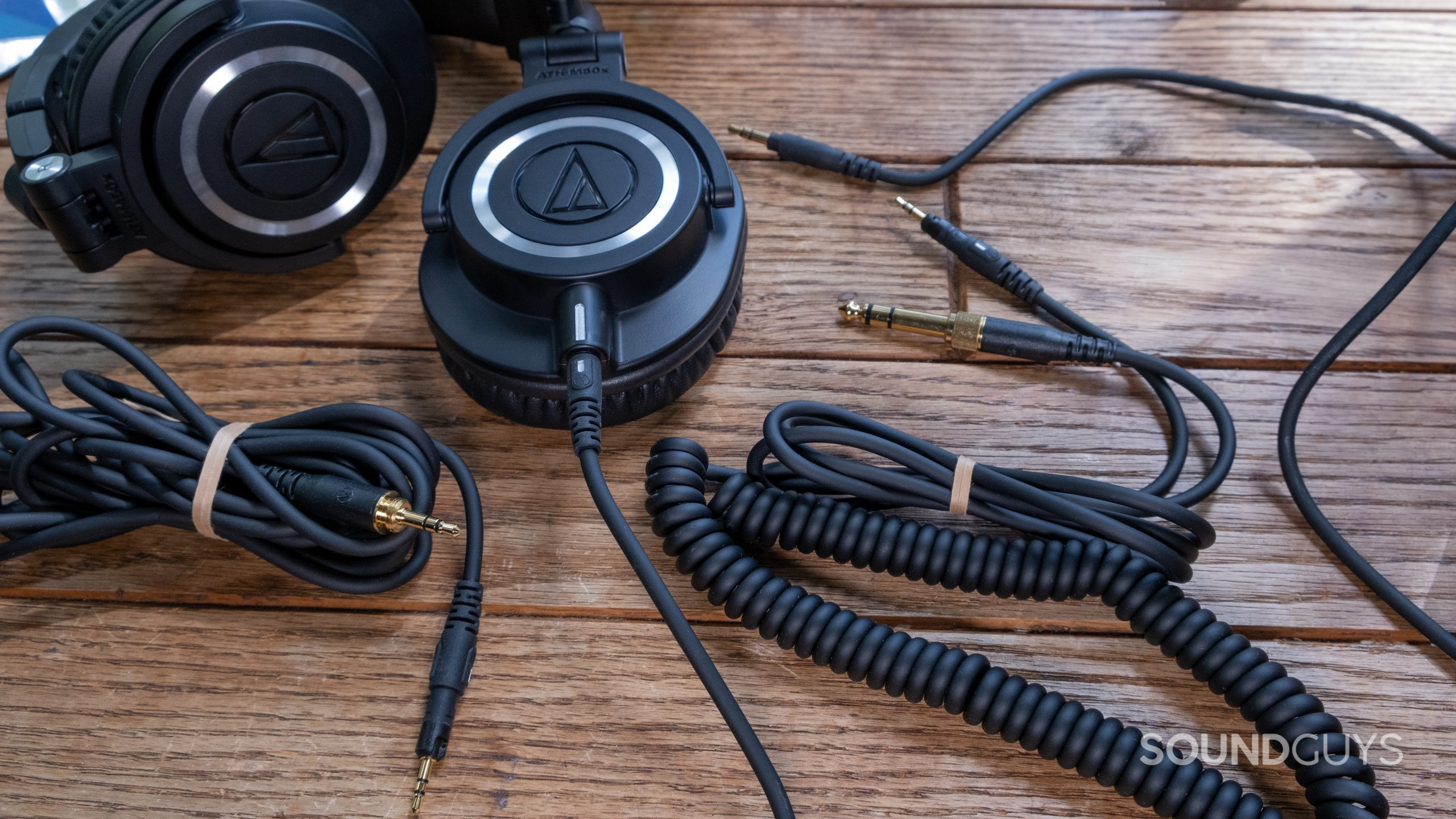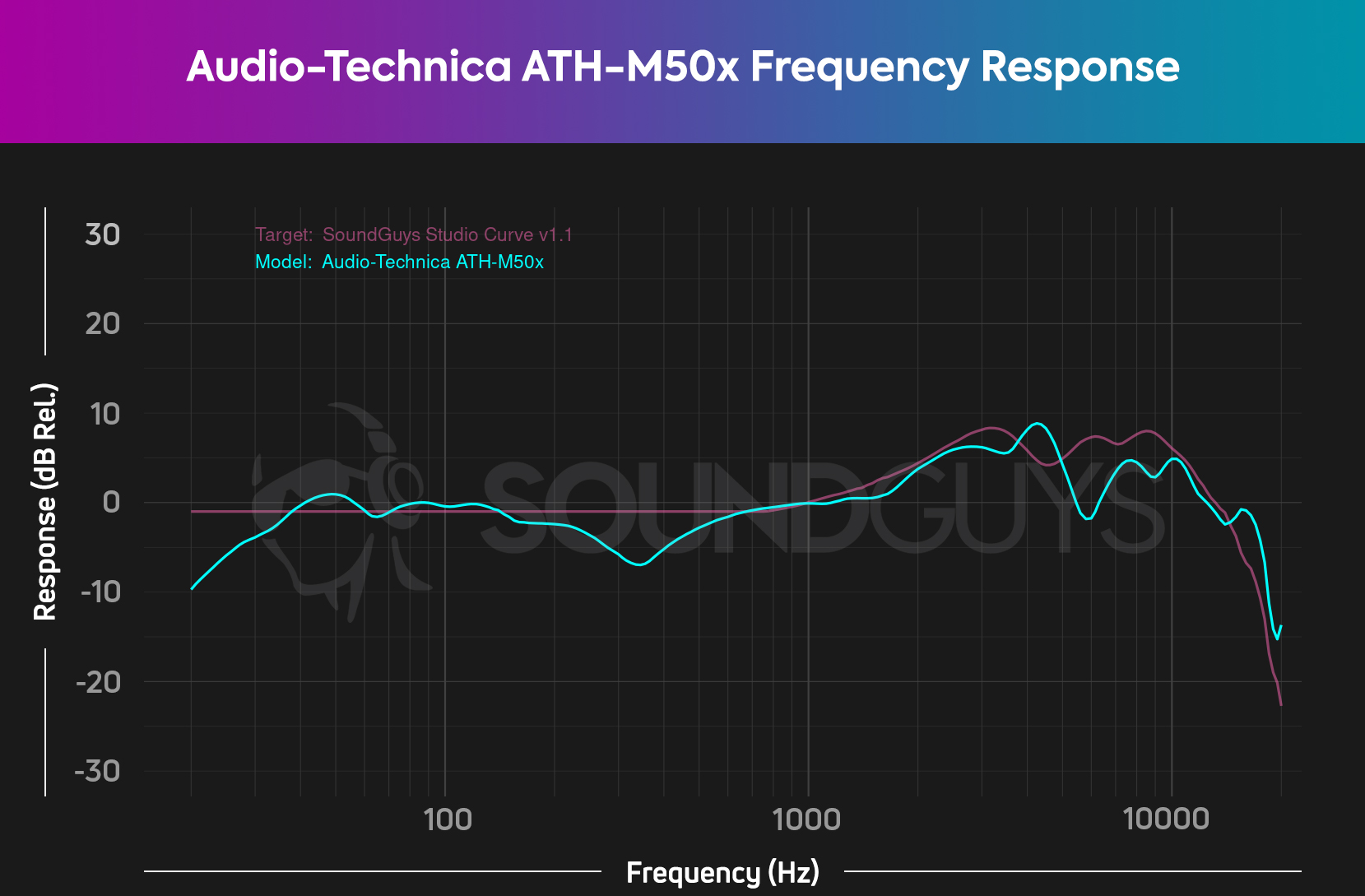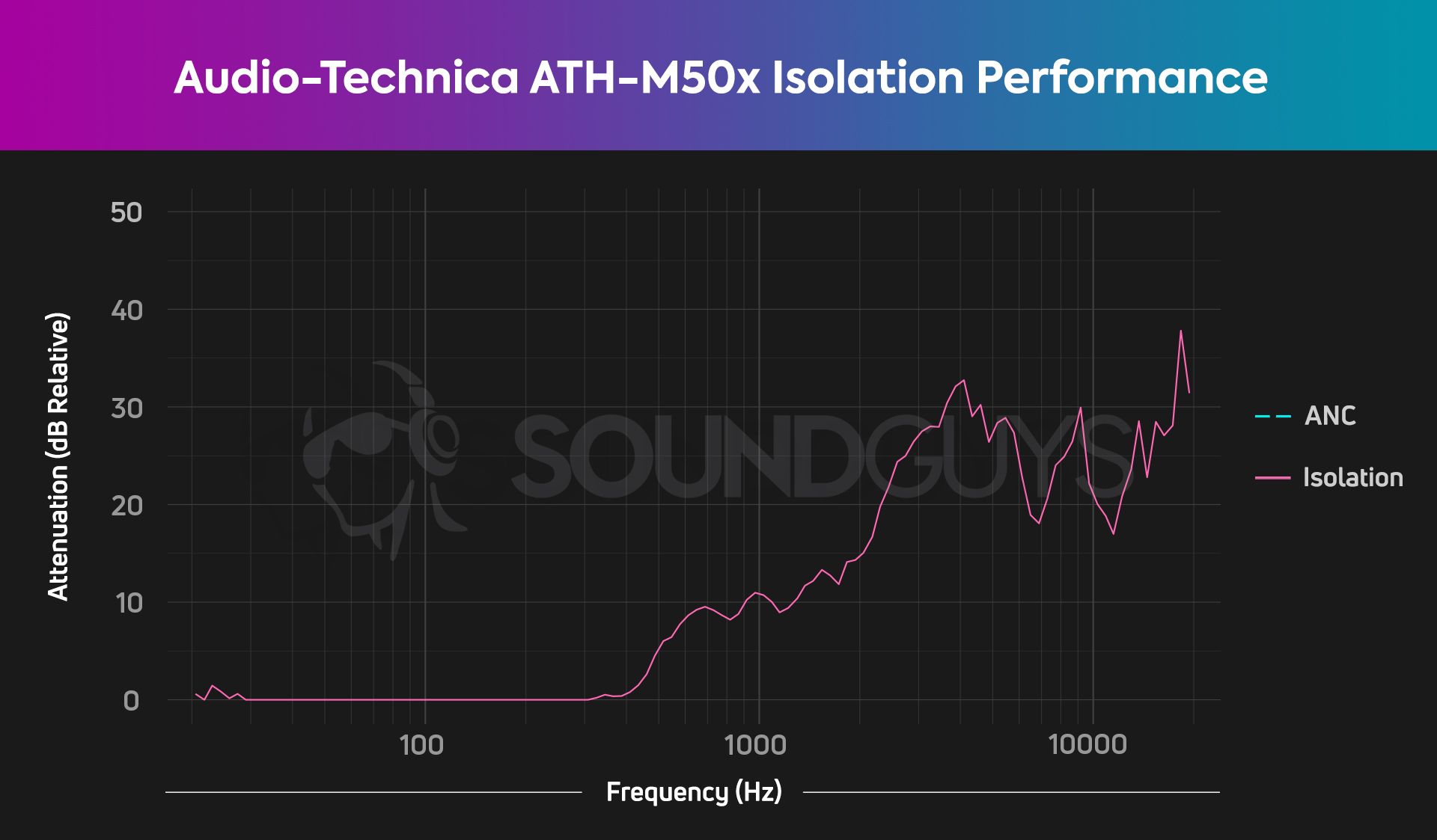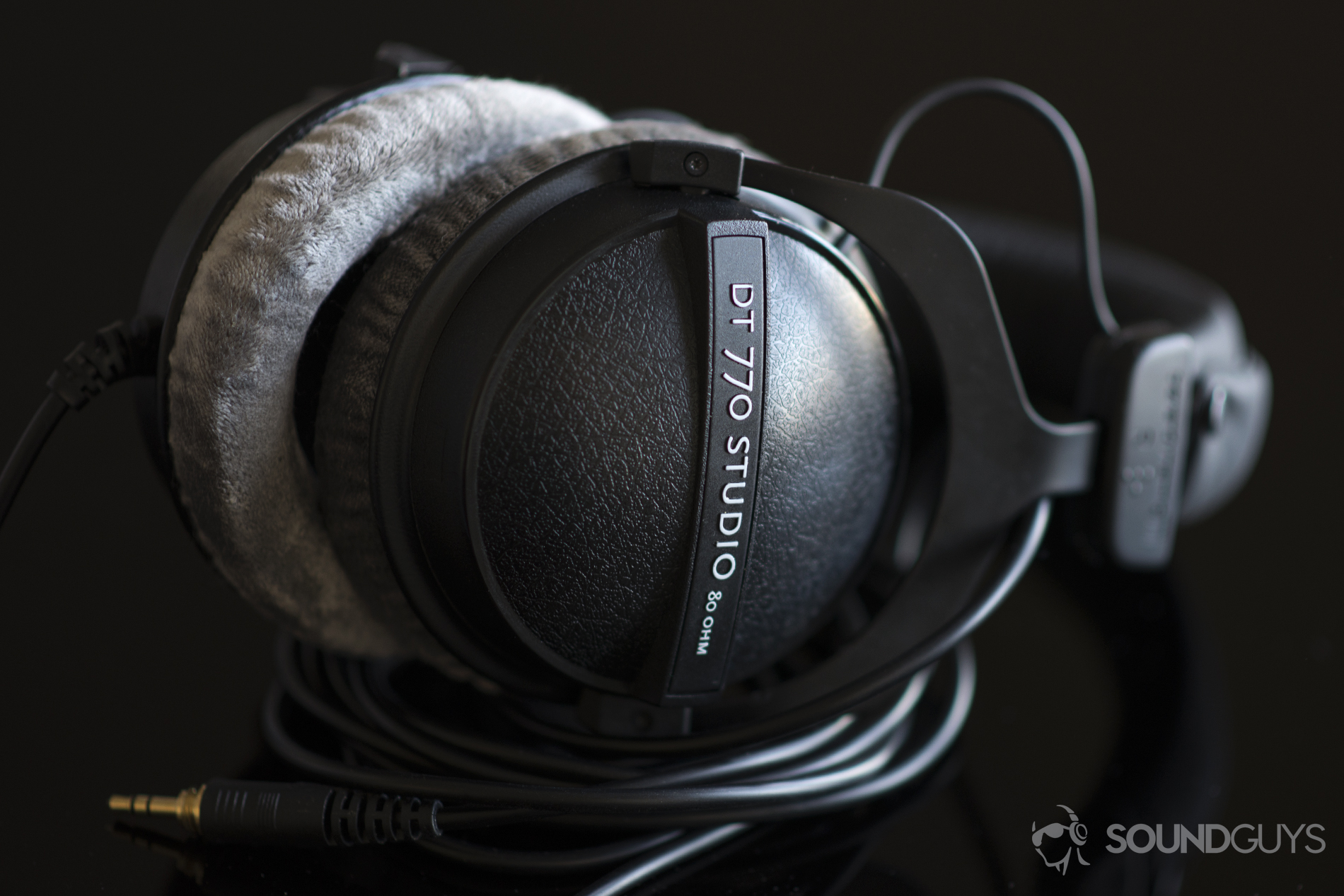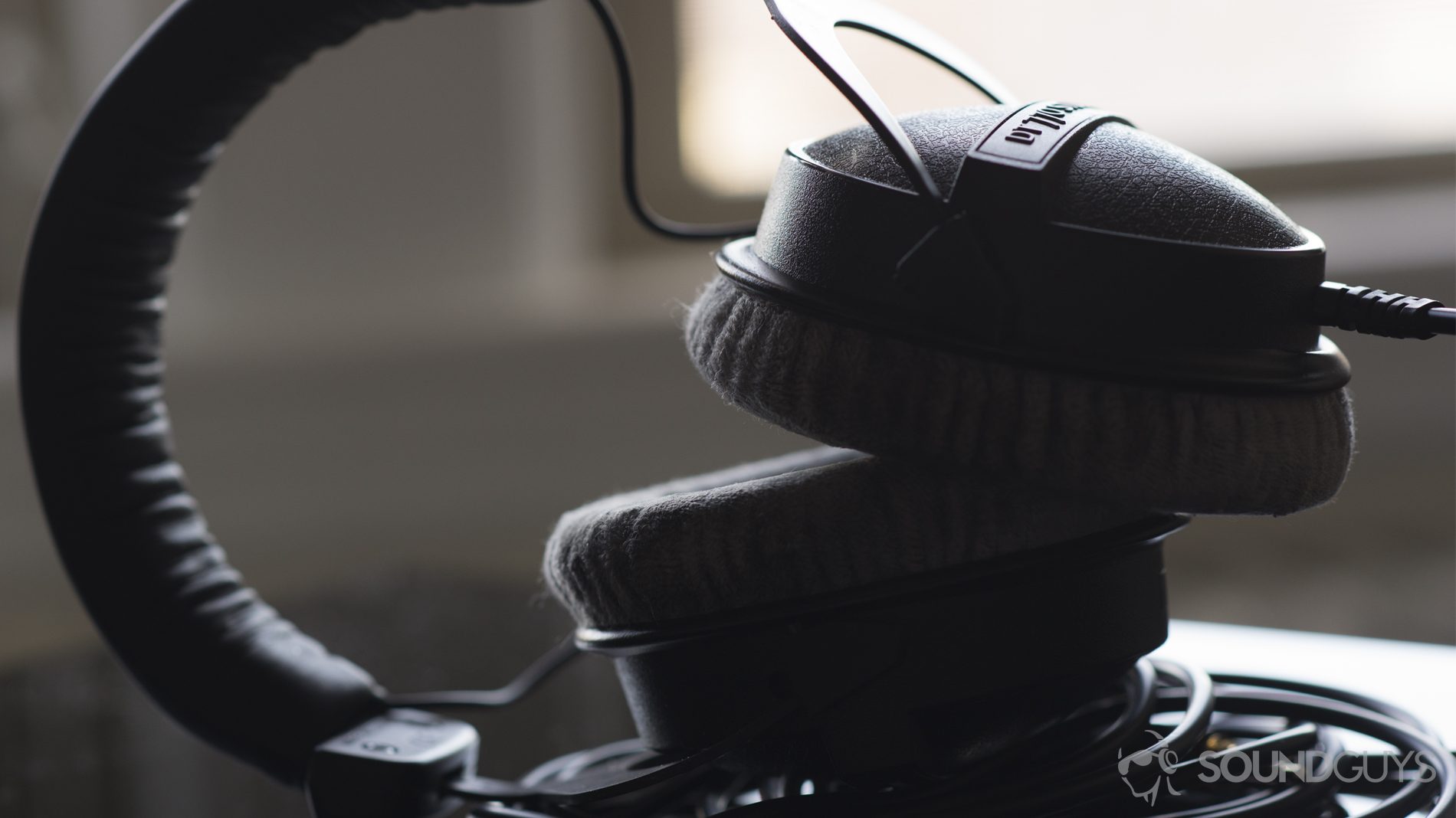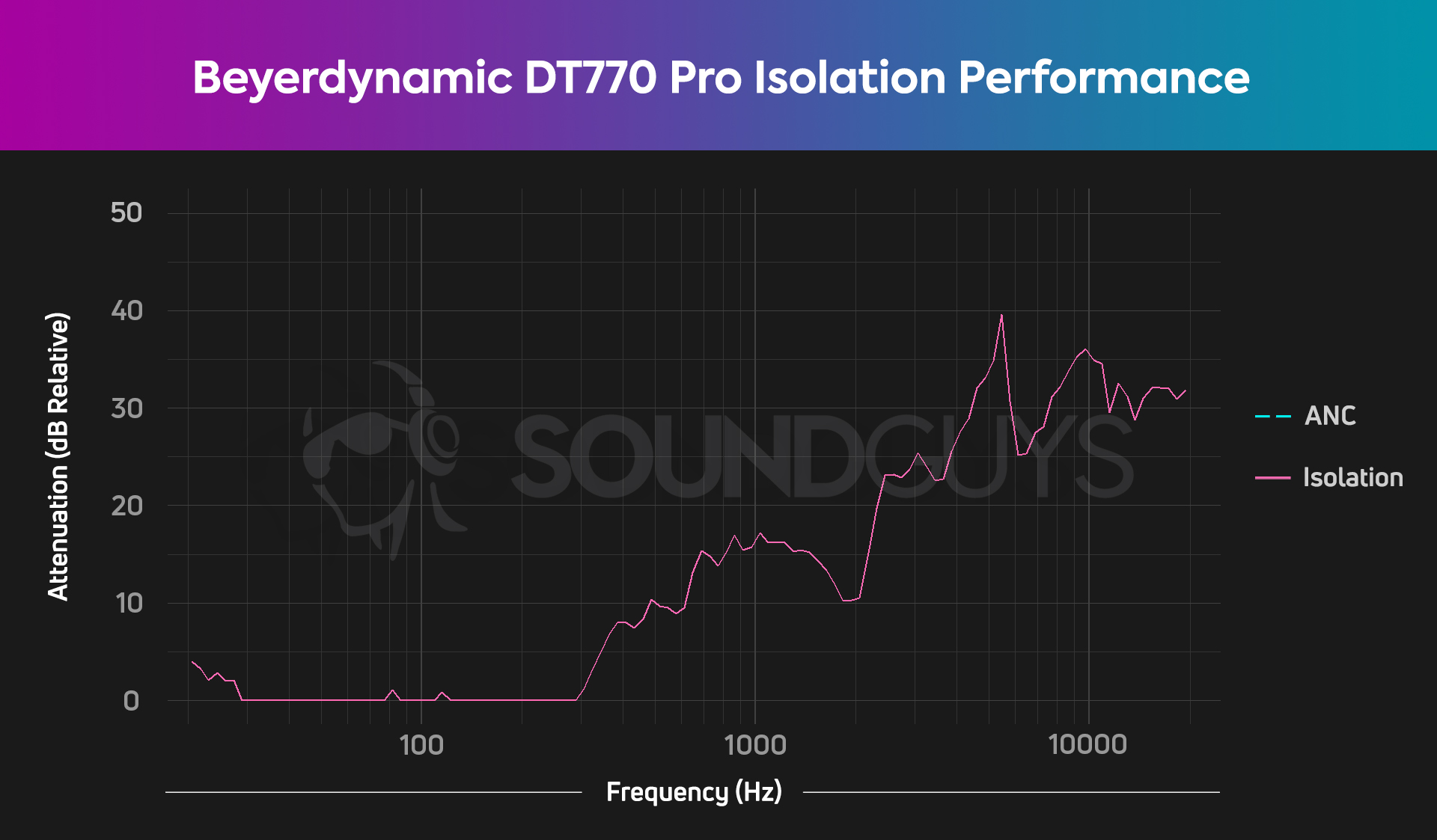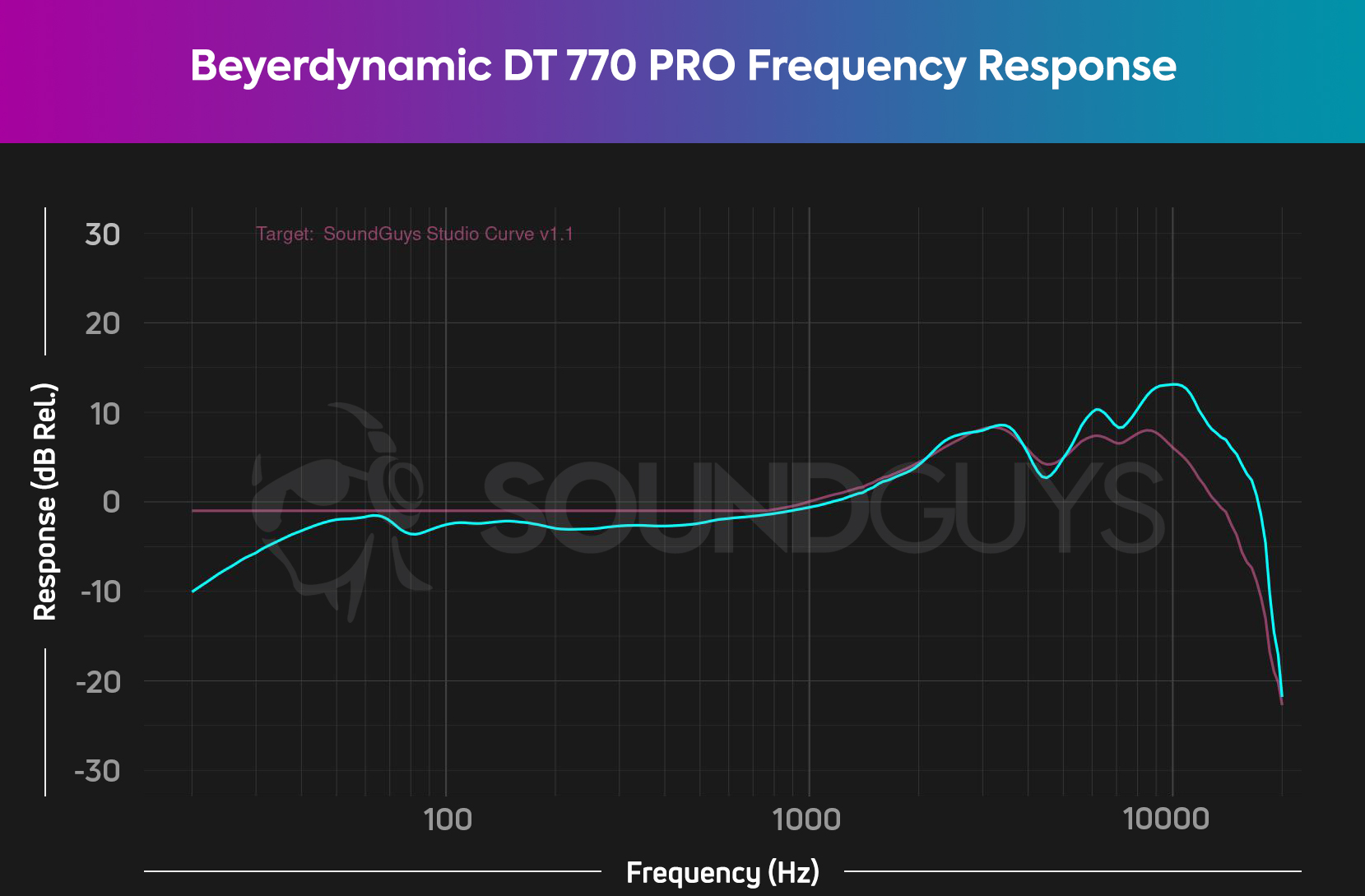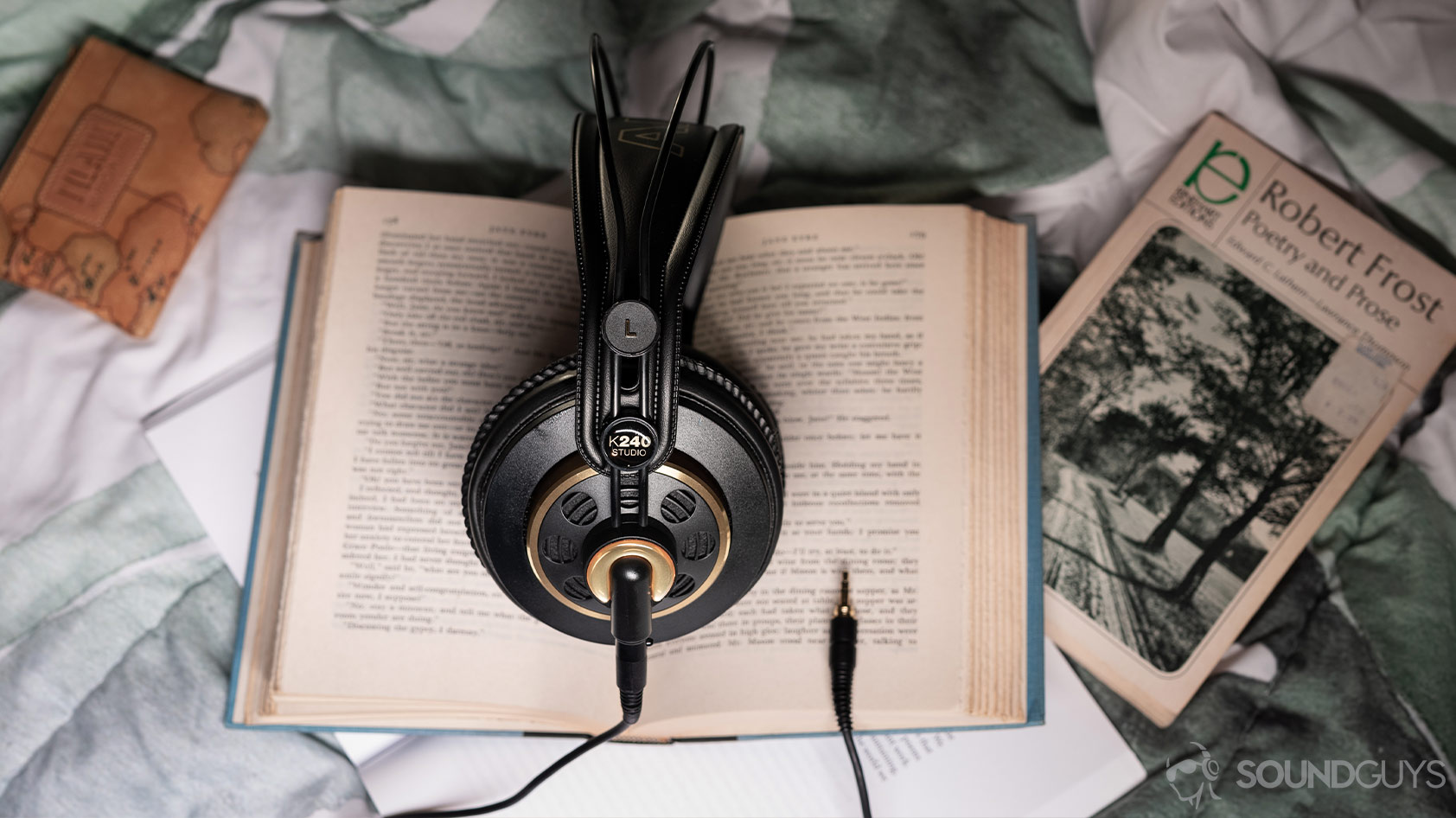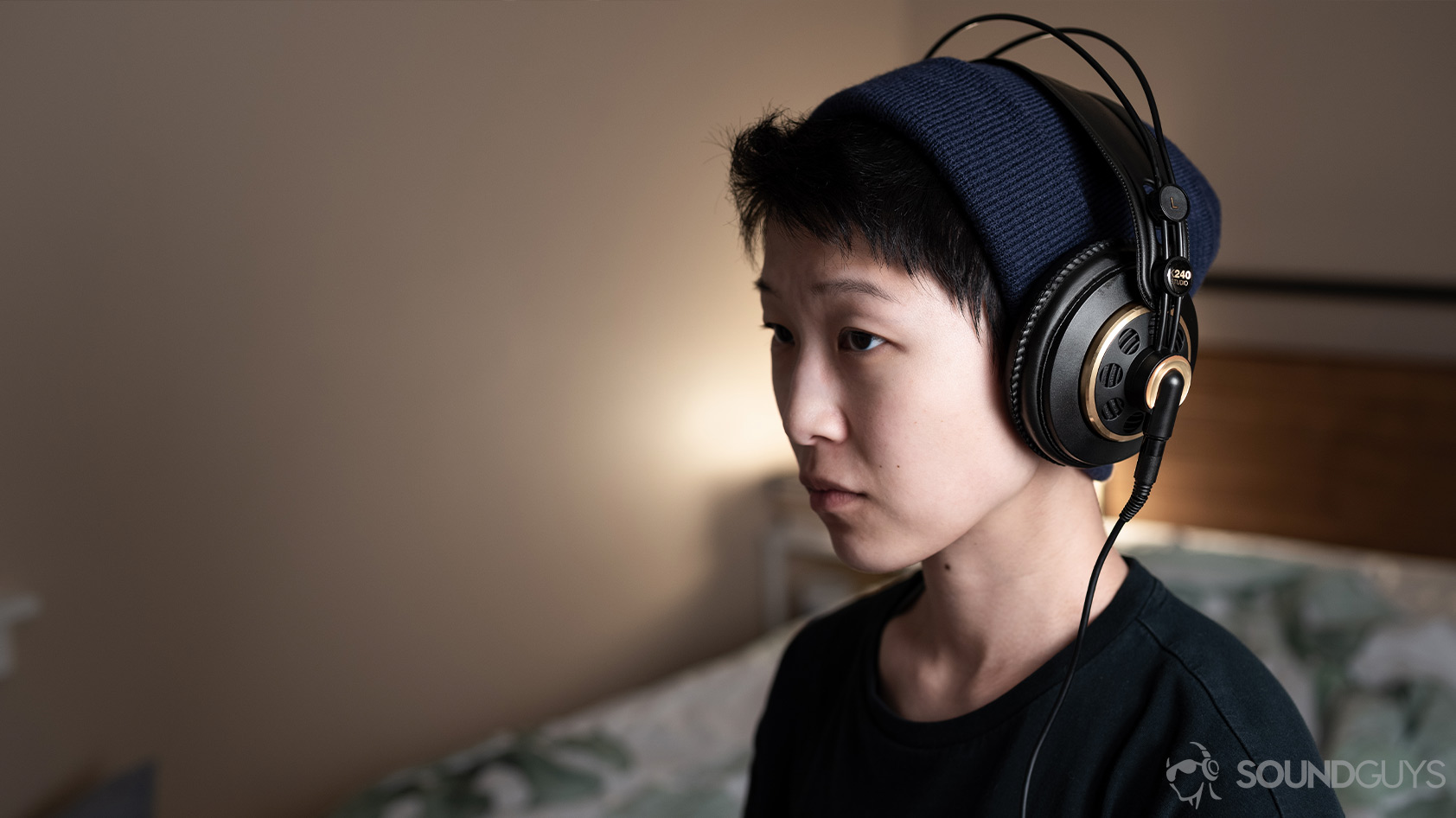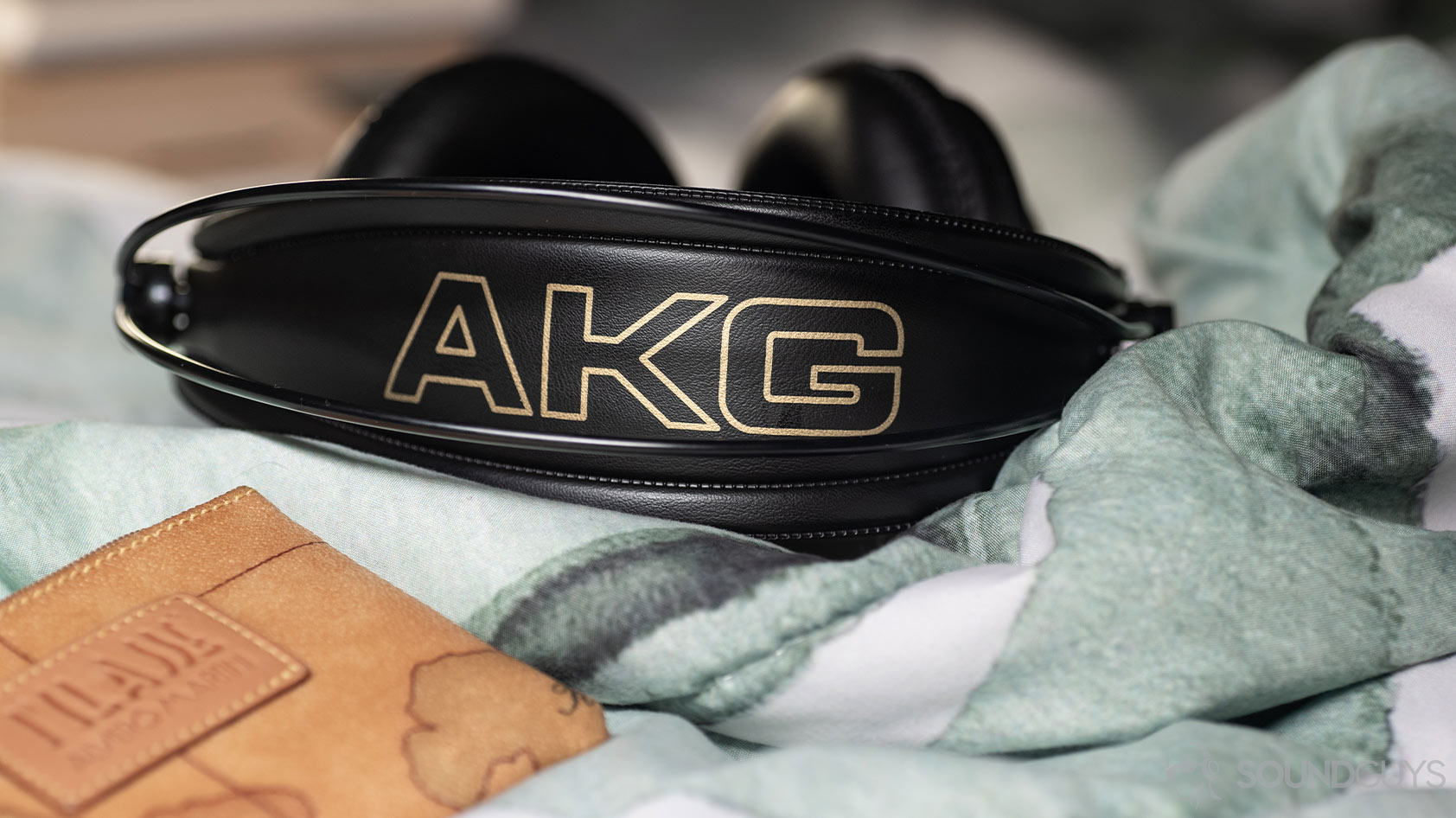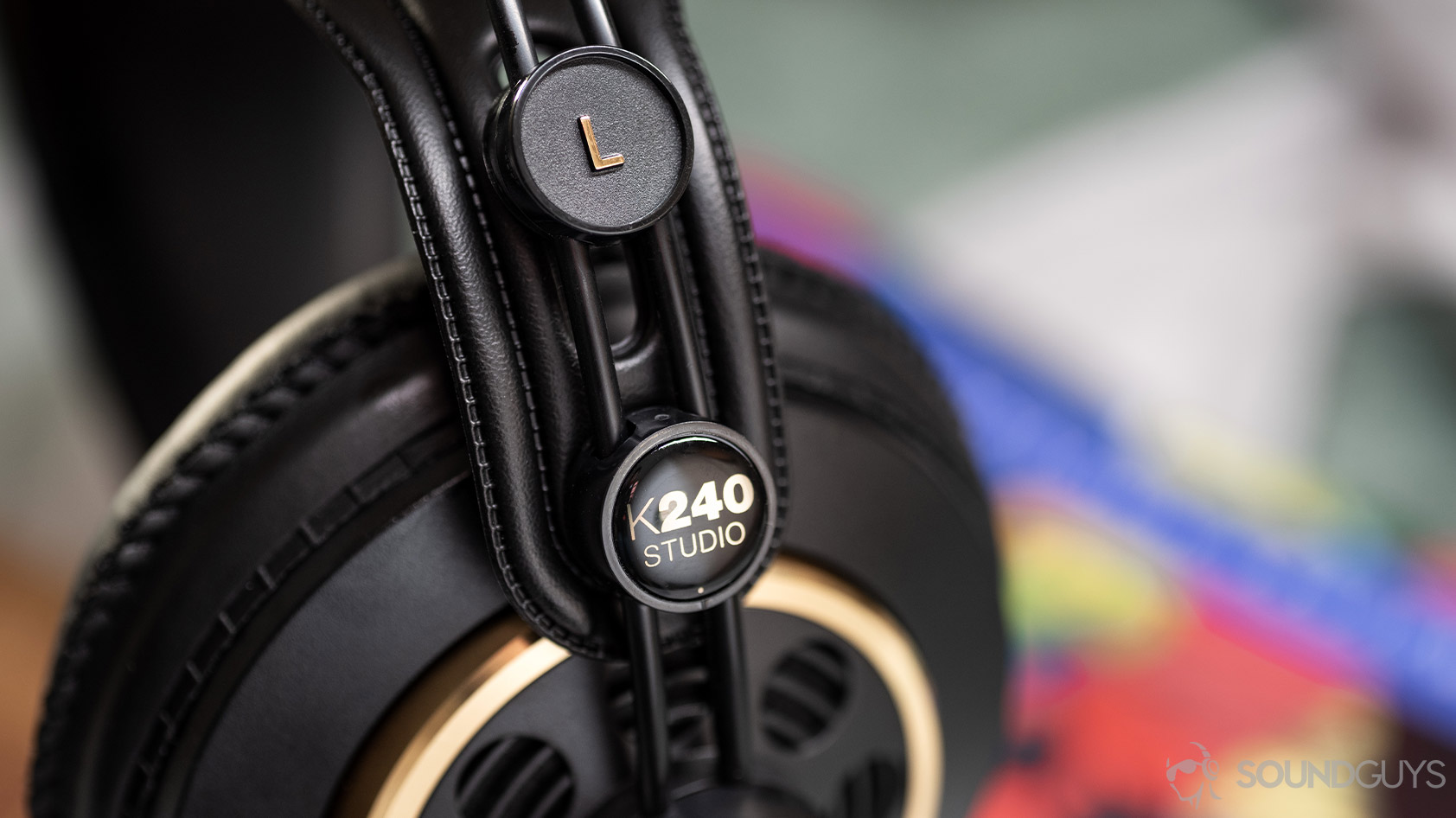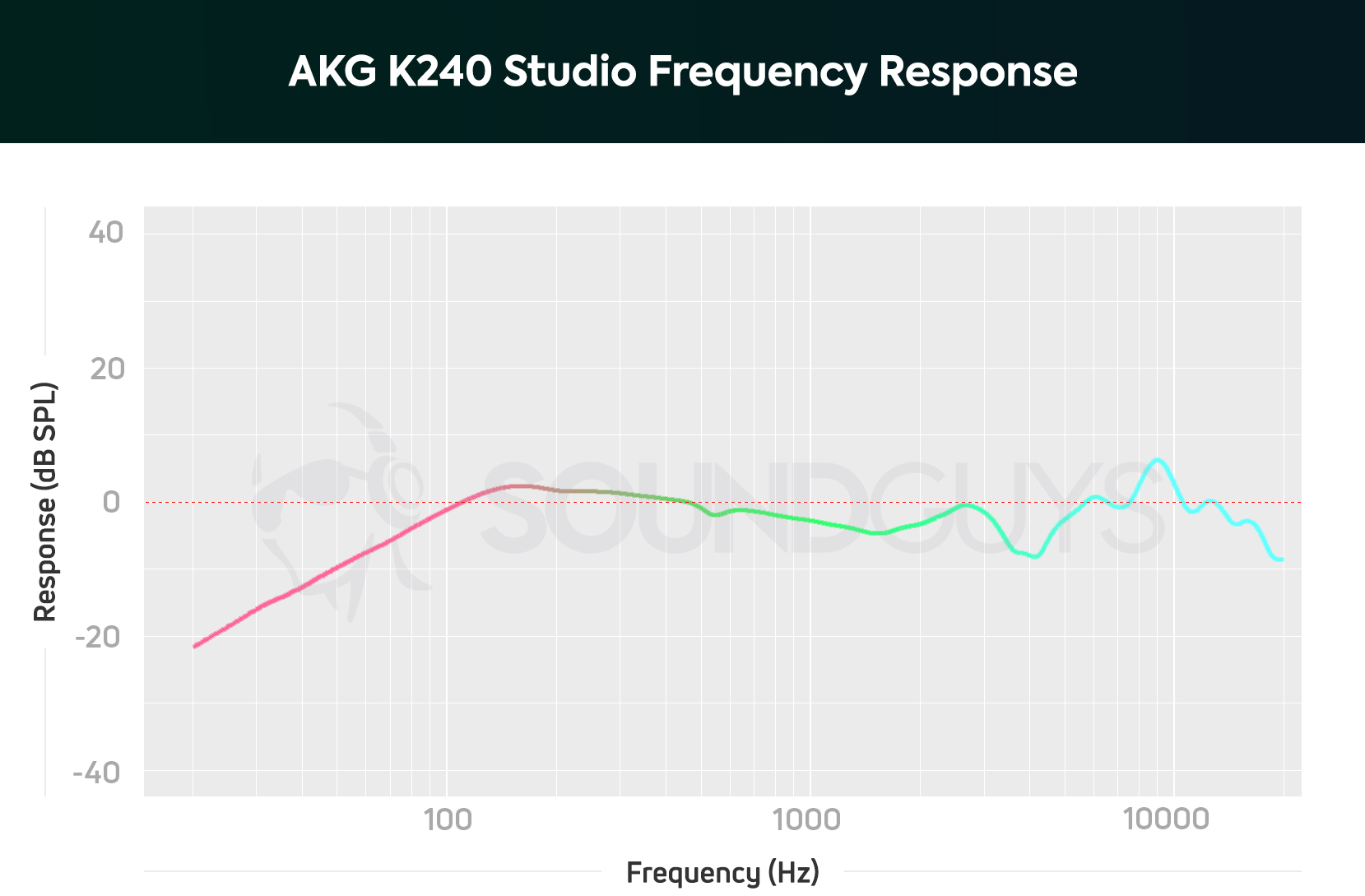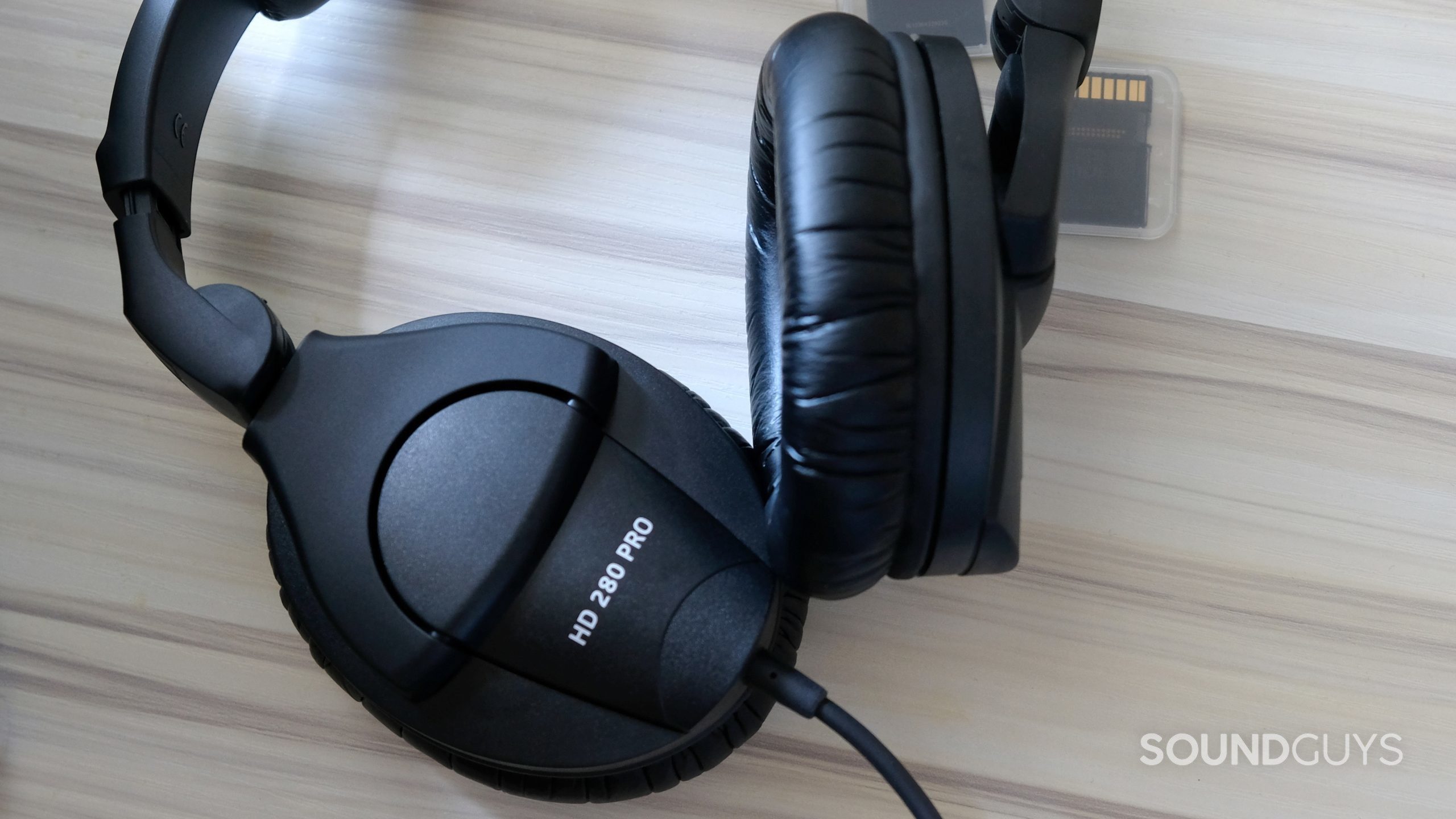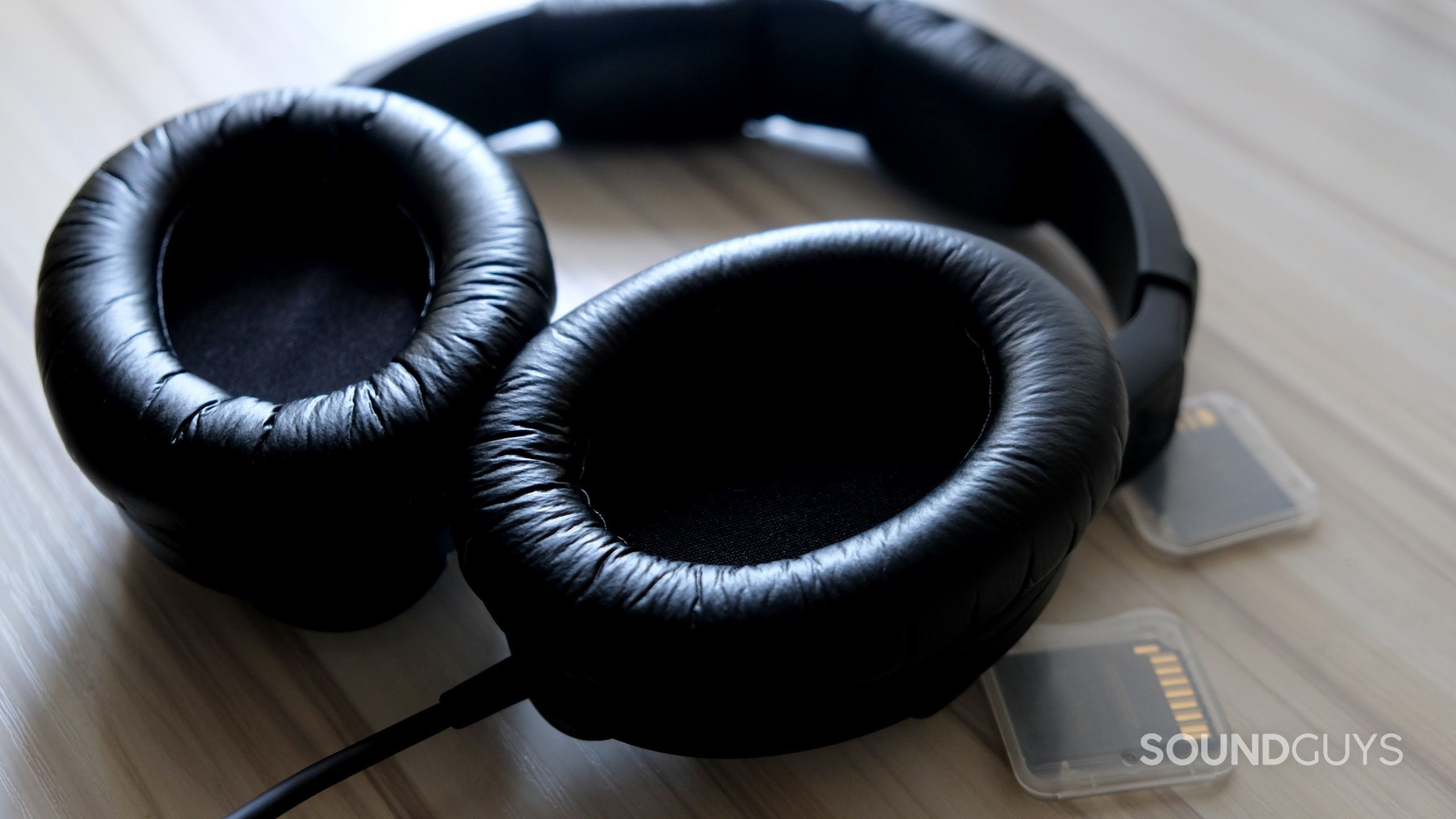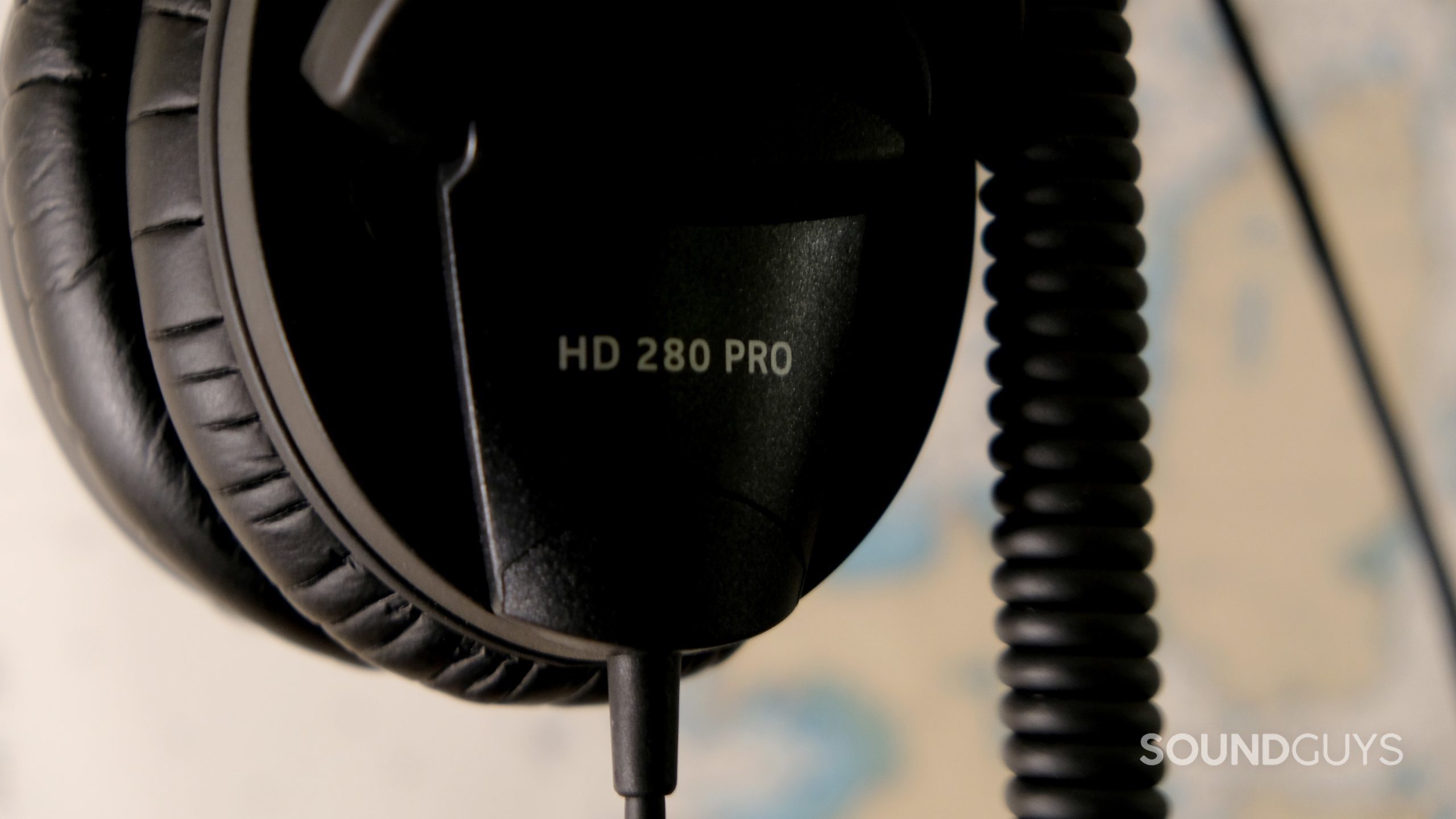Affiliate links on SoundGuys may earn us a commission. Learn more.
Best budget studio headphones of 2023
![Sony MDR-7506[2] The Sony MDR-7506 studio headphones against a white background.](jpg/sony-mdr-75062.jpg)
![Audio-Technica ATH-M50x[1] The Audio Technica ATH-M50X image against white background.](jpg/ath-m50x1.jpg)

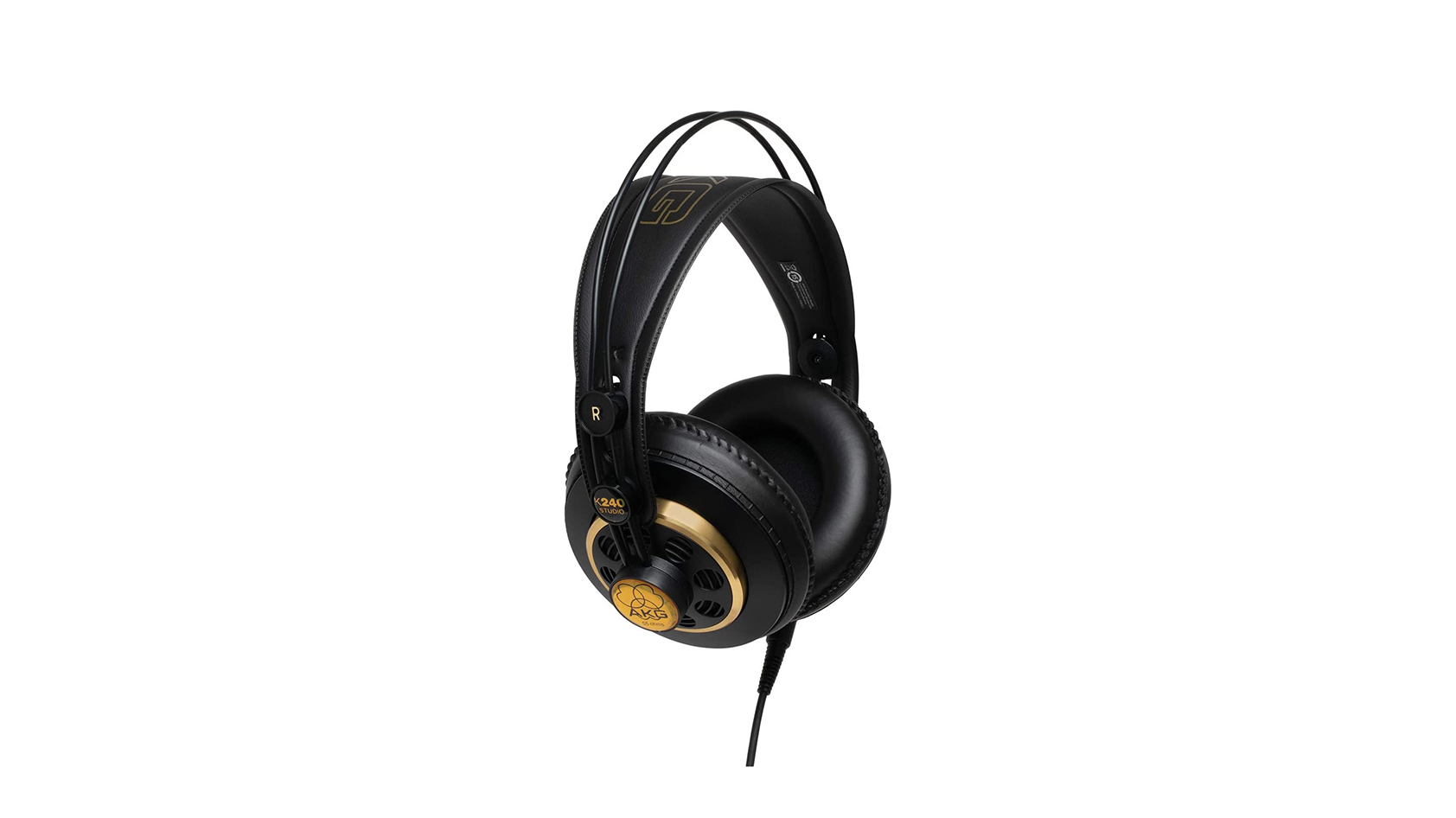
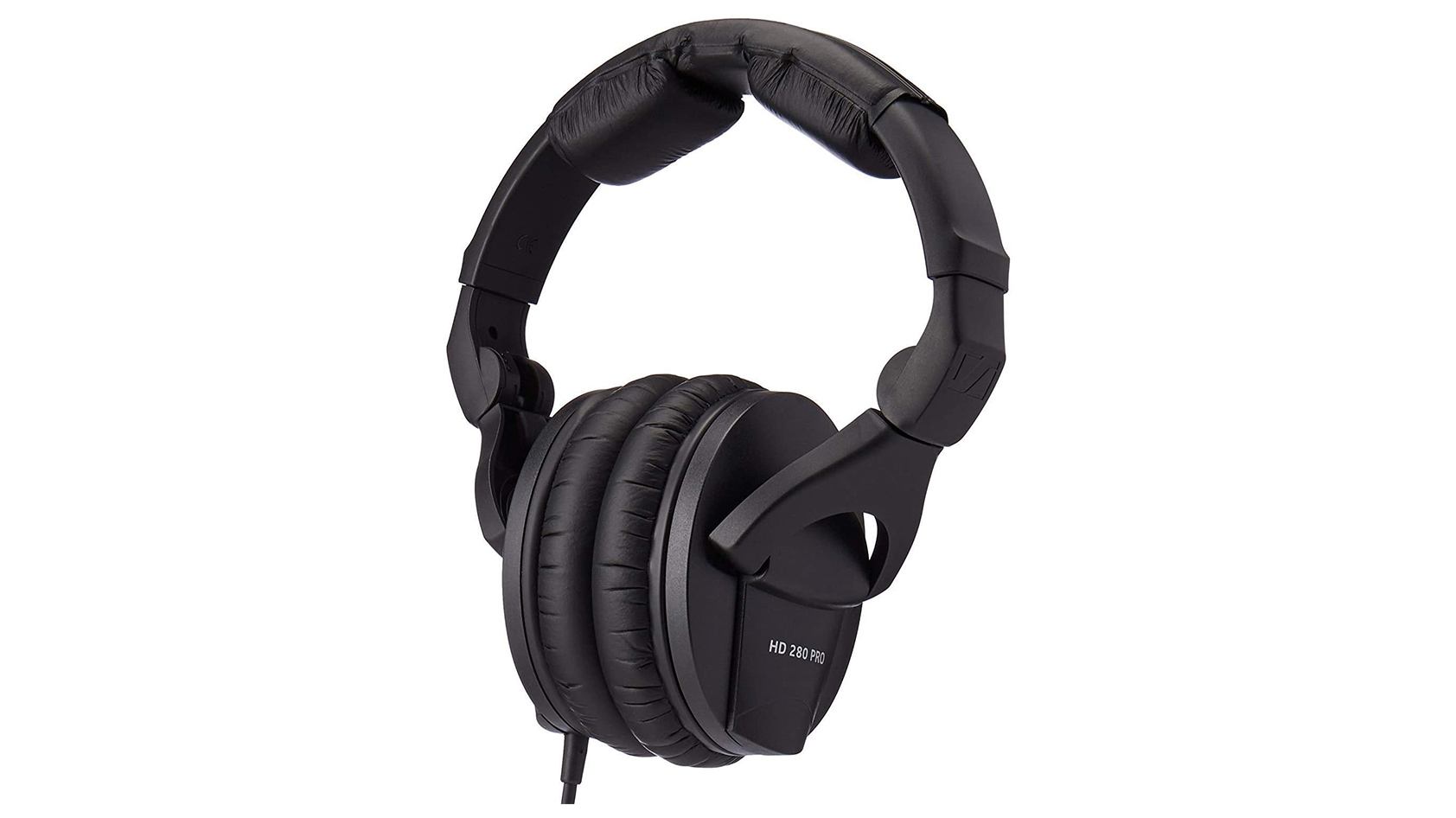
Studio headphones might conjure up images of professional recording setups and pricey equipment, but that doesn’t have to be the case. They also make for a good choice even if you never mix a track in your life, because they are well built, and their relatively neutral frequency responses let you enjoy your music closer to the way the artist intended. If you want those features at more reasonable prices, read on to see our picks for the best cheap studio headphones.
Editor’s note: this article was updated on June 25, 2023, to add the Audio-Technica ATH-M20xBT and Shure SE215 to Notable mentions and to address formatting changes.
For our top five picks, you can find the isolation and frequency response charts at the end of each image gallery. You can learn more about how to read our charts here.
Why is the Sony MDR-7506 the best cheap studio headphones?
The best set of budget studio headphones also happens to be an industry standby, the Sony MDR-7506. This set of Sony cans has found its place everywhere from famous recording studios to garage band setups, and for good reason. The MDR-7506 is cheap and performs excellently.
The Sony MDR-7506 has a relatively neutral frequency response, with some added emphasis on the mids and highs. That might not be ideal for casual listening, but for editing tracks where you’re picking through minute differences in recordings, it can make a world of difference. The build is mostly plastic, which means these headphones are comfortable to wear for hours on end while you work.
Another bonus of the Sony MDR-7506 is its repairability—Sony even created service manuals for it. That’s quite a world away from the almost inherent expendability of true wireless earbuds. In fact, this model has been around since 1991, and its predecessor Sony MDR-V6 is from the 1980s.
There are some small drawbacks, including sub-standard ear padding that doesn’t do the best job of blocking out background noise. Plus, the all-plastic build and appearance immediately indicate the budget status of the MDR-7506. Still, you’d be hard-pressed to find a better set of all-around studio headphones for less than $100.

The Audio-Technica ATH-M50x makes for a very versatile option
Perhaps the other iconic brand in studio headphones is the Audio-Technica ATH-M50x. These budget studio headphones tend to cost a bit more than Sony’s offering, but they have a lot to show for it — literally, they look quite snazzy for such a functional pair of cans. Heck, they even come in multiple colors and sometimes exclusive or limited editions.
The Audio-Technica ATH-M50x is made of plastic, but with its rotating padded ear cups and metal band, it doesn’t feel cheap despite the price. That also makes it versatile, and you can listen to tracks with one ear and your environment with the other.
Another bit of flexibility these ATH-M50x offers comes courtesy of its frequency response. While it’s relatively neutral, a low-end that’s slightly louder than the mids and highs means your music will definitely sound enjoyable during casual listening, even when you aren’t mixing tracks. This even makes it one of our favorite headphones for gaming.
The ATH-M50x doesn’t have the best isolation, however — it’s not awful, but don’t expect active noise canceling-levels noise reduction. And those big ear pads can get hot after wearing them for a while. Finally, the cords use a proprietary design, so replacements will have to come from Audio-Technica. Still, at this price and with its Instagram-worthy aesthetics and multiple use cases, the ATH-M50x shows that cheap studio headphones can suit almost any task.

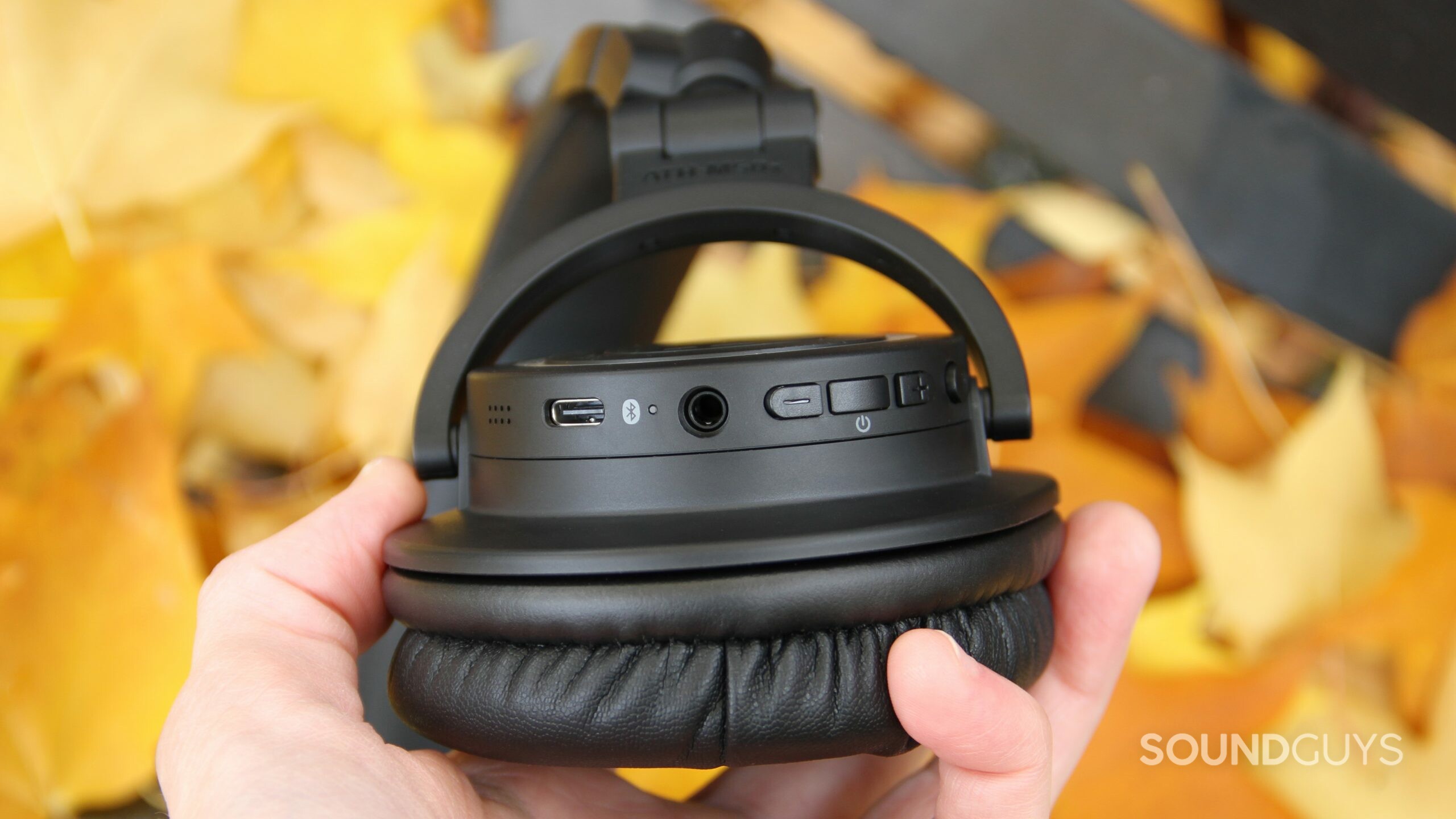
The ATH-M50xBT2 takes the acoustics and aesthetics of the ATH-M50x and puts them into a wireless package. If you want even more flexibility when using your studio headphones, these Bluetooth cans are worth a look. Keep in mind that the wireless variant does cost a bit more ($199 at Amazon).
The Beyerdynamic DT 770 PRO keeps you comfortable
Audio editing can be a long, laborious process, but the Beyerdynamic DT 770 PRO is here to keep the experience comfortable the whole time. These cheap studio headphones boast big, plush velour ear pads and not too much clamping force. Many SoundGuys writers wear the DT 700 PRO for hours at a time and then put the headphones back on without feeling pinches and pokes. This degree of comfort isn’t always there with over-ear headphones.
The Beyerdynamic DT 770 PRO also boasts good isolation thanks to the generous padding, which doesn’t trap heat as badly as other headsets. If you tend to sweat a lot, you might want to take a break here or there to air everything out. Thankfully, these headphones are pretty easy to clean.
All that padding and a long, hard-wired cord mean these cans are a bit difficult to take around town, but they work great at your desk or recording setup. This is a very comfortable and durable set of studio headphones, made even more alluring by its $150 USD price.
5111.jpg?X-Amz-Content-Sha256=UNSIGNED-PAYLOAD&X-Amz-Algorithm=AWS4-HMAC-SHA256&X-Amz-Credential=XSKNWXBO6X4FQX75L363%2F20230627%2Fnyc3%2Fs3%2Faws4_request&X-Amz-Date=20230627T105916Z&X-Amz-SignedHeaders=host&X-Amz-Expires=3600&X-Amz-Signature=bdc124f43002ac7a149a243c19fa45f669bce43f4c0334e5e63890f8b0f7fe77)
The AKG K240 Studio brings open-back performance at an affordable price
If you think open-back studio headphones are fancy audiophile items with a price point to match, the AKG K240 Studio is here to prove that wrong. Though the K24o Studio may be budget, it sounds great and is one of the few semi-open back options available.
With vents on each ear cup, these are technically semi-open headphones. As a result, you can experience a better sense of “space” or “soundstage,” which is immensely useful when mixing tracks. And that also means each ear cup ventilates a little better, which is a boon for those folks who tend to sweat. When it comes to cheap studio headphones, the AKG K240 Studio gives you most of the benefits of open-back headsets at a much more accessible price.

Open-back designs like this come with the problem of sound leaking, but with this style of headphone that can’t be avoided. However, that does mean this design isn’t all that workable on a train or out on a jog, so you’ll mostly have to leave these cans by your desk.
The other downside of open backs is there’s a tendency for them to be a bit light on low end. This is due to the nature of low frequencies which travel further than high frequencies. Consider a loud car stereo with the windows up and doors closed, and how most of what you can hear outside of it is bass. Open up the housings of the headphones and more bass in relation to other frequencies will evade your ears leading to lower relative volume in the bass and sub bass regions.
The Sennheiser HD 280 Pro has great sound quality
It’s not that the sound quality of other studio headphones is bad or anything, it’s just that they don’t always reproduce music in the way consumers would expect. But the Sennheiser HD 280 Pro manages to mostly stick to our target curve while also working well for mixing.
While these don’t possess the same sound profile as general consumer headphones, these cheap studio headphones deliver bass that doesn’t overwhelm other frequencies in your music. That means it’ll transfer well from mixing your own tracks to listening to other people’s music and back again. You may want to bump up the highs just a bit with an equalizer (if you even notice and it bothers you), but otherwise, you’ll likely enjoy most any genre through these cans.
There’s not much audio leakage, either — that’s good for not bothering your roommates. Plus, the padded ear cups swivel and it doesn’t cause pinching, even for glasses wearers. Sure, these don’t look snazzy and are pretty plasticky, but the Sennheiser HD 280 Pro sound good and that’s what truly counts here.

The Audio-Technica ATH-M40x is a no-nonsense performer
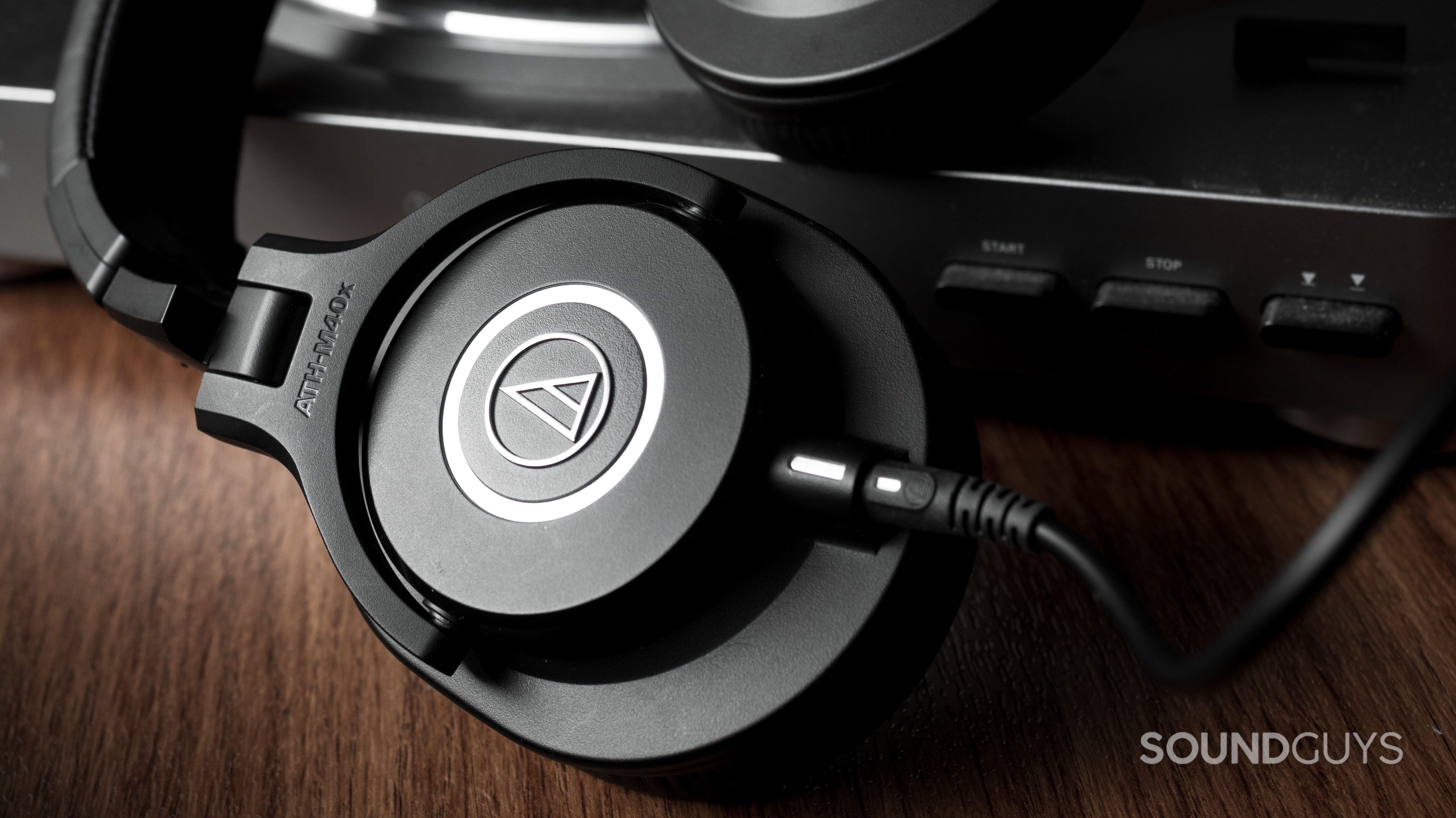
If the price tag of the Audio-Technica ATH-M50x is a bit off-putting, the Audio-Technica ATH-M40x brings many of the same features at a lower upfront cost. It has a little more of a utilitarian aesthetic, but some people might prefer that. You still get a similar frequency response curve, ear cup padding, and build quality. Overall, if you want the sound and durability Audio-Technica is worth at a price below $100 USD, these cans are worth a look.
The Shure SRH440 is unobtrusive and compact-able
![Shure SRH440[3] The Shure SRH440 studio headphones in black against a white background.](jpg/shure-srh4403.jpg)
The Shure SRH440A is collapsible, so if you have to take your cheap studio monitors from one location to another, it won’t drag you down. Much like the offerings from Audio-Technica, these cans also have a detachable cable and a carrying bag, so you won’t have to keep them at your desk all day if you don’t want to. While it doesn’t look as slick as the ATH-M50x, for instance, this headset can move with you in much the same way.
Best cheap studio headphones notable mentions
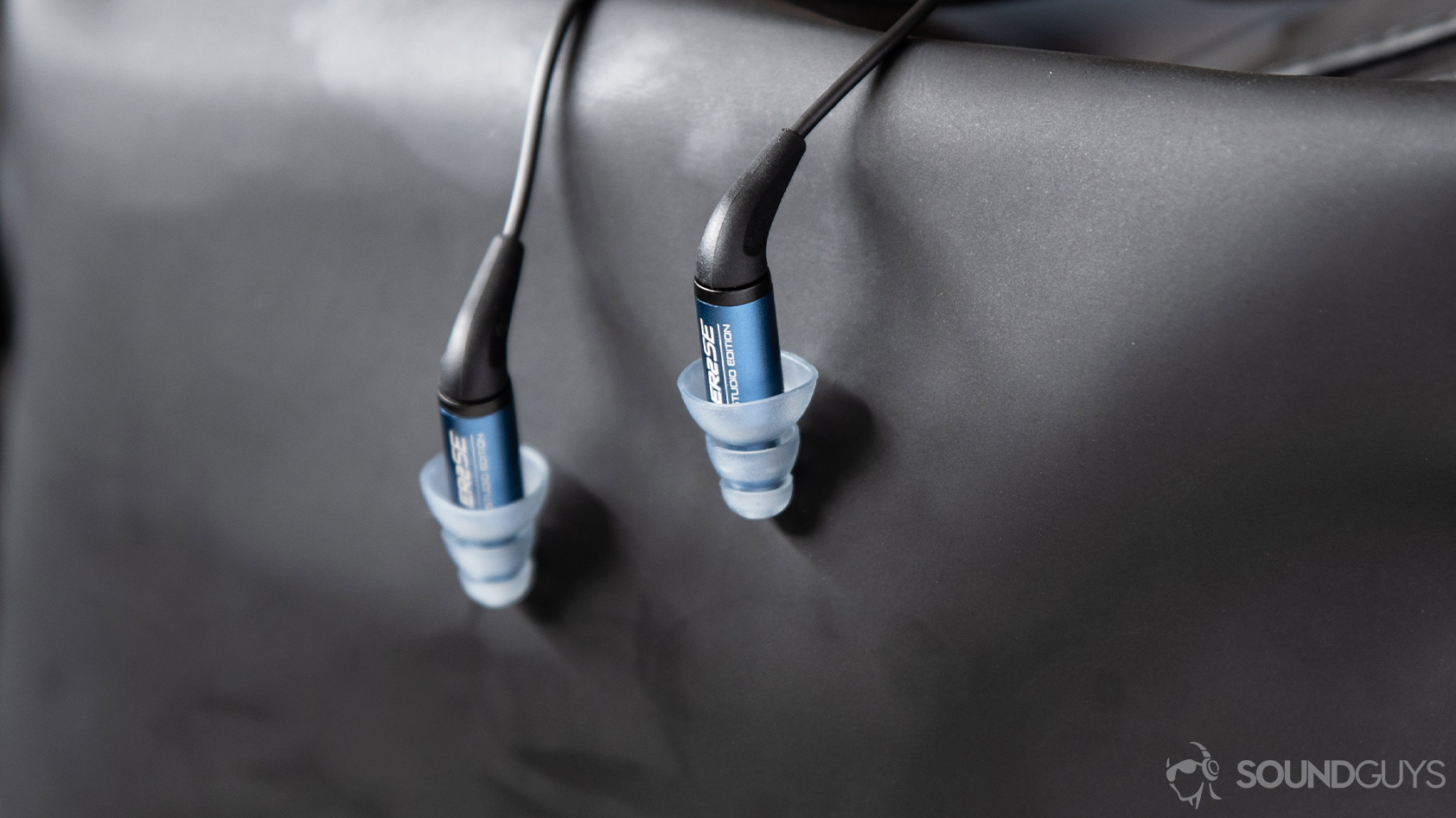
- Audio-Technica ATH-M20xBT: One way to save money is to get a single pair of headphones you can use for your studio that also works for other applications, like connecting wirelessly on the bus. These are the ones to check out if that’s you for $69 at Amazon.
- Audio-Technica ATH-M30x: The less splashy sibling of the ATH-M50x and ATH-M40x has a different frequency response, but at just $79 at Amazon, you get a solid pair of studio monitors.
- Etymotic ER2SE: Our other options above have all been over-ear designs, but the Etymotic ER2SE ($99.95 at Amazon) is a set of in-ear monitors (IEMs). That means excellent isolation, so you can focus on editing, and less bulk around your head and neck when you’re not.
- HIFIMAN HE400SE: These headphones use planar drivers, which is unusual in budget studio headphones. That does make them bulky and heavy, but if you want the benefits of planar drivers — lower distortion and fast transient response being two notable benefits — you’ll have difficulty finding a cheaper model ($109 at Amazon).
- Linsoul TIN HiFi T2: Another set of in-ear monitors, this pair of buds has a frequency response that closely aligns with our target curve, lots of ear tip options, and removable cables. Some people might find them to be uncomfortable, however, but the price is appealing ($52.98 at Amazon).
- Massdrop x Sennheiser HD 58X Jubilee: These headphones straddle the boundary between heavier bass consumers tend to enjoy with the neutral response purists want (for $149 at Drop), but they are larger and of an open-back design, so expect to keep them at your desk at all times.
- Shure SE215: Controversial choice on a list of best budget studio headphones but IEMs can often give you a lot of bang for your buck. These are suitable for studio use, especially if you’re tracking and need isolation. You might not want to do your final mix, but they are good for $99 at Amazon.
Hold up! Something’s different:
Some of our picks’ frequency response and isolation charts were measured with our old testing system. We have since purchased a Bruel & Kjaer 5128 test fixture (and the appropriate support equipment) to update our testing and data collection. It will take a while to update our backlog of old test results, but we will update this review (and many others!) once we’re able with improved sound quality measurements and ANC performance plots. These will be made obvious with our new chart aesthetic (black background instead of white).
Thank you for bearing with us, and we hope to see you again once we’ve sorted everything out.
What to look for when buying cheap studio headphones
Regarding studio headphones, the price might be a major motivating factor, but there are a few other aspects to keep in mind before you take a pair home. Going in with some knowledge ahead of time will help ensure you don’t end up disappointed.
How should studio headphones sound?
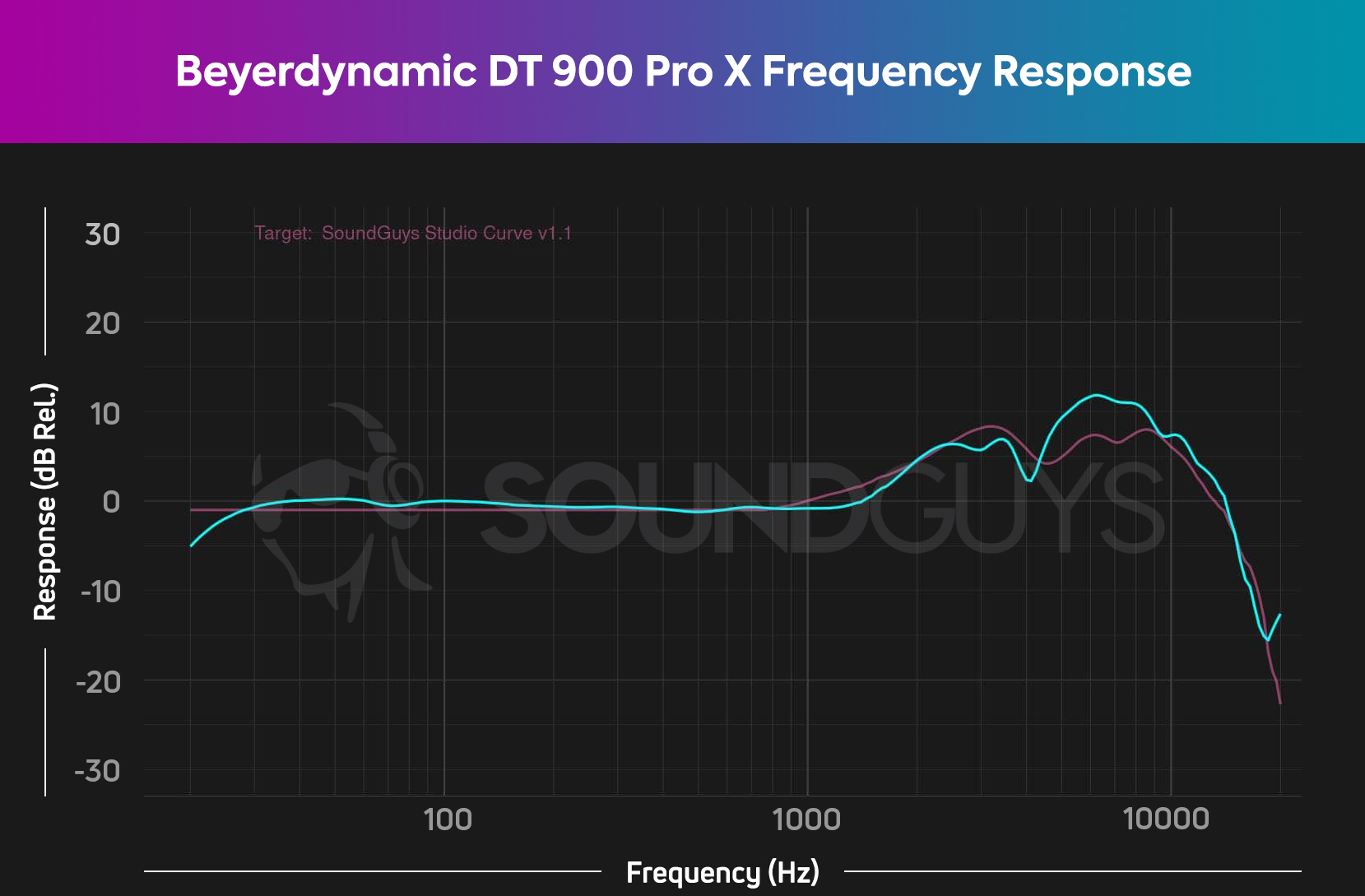
Unlike headphones designed for the everyday consumer, studio headphones tend to have relatively neutral frequency response characteristics. Generally, they don’t emphasize any part of the audible spectrum more than the others. Most notably, they don’t tend to kick up the bass nearly as much as mainstream consumer models. That is perfect for mixing music where you want everything to sound balanced and don’t want your headphones unintentionally affecting how you create tracks. However, it can be a bit of a shock to hear your favorite tunes without that strong bass. Models like the ATH-M50x try to bridge this gap a little, but no set of studio monitors should be turning the bass up to eleven.
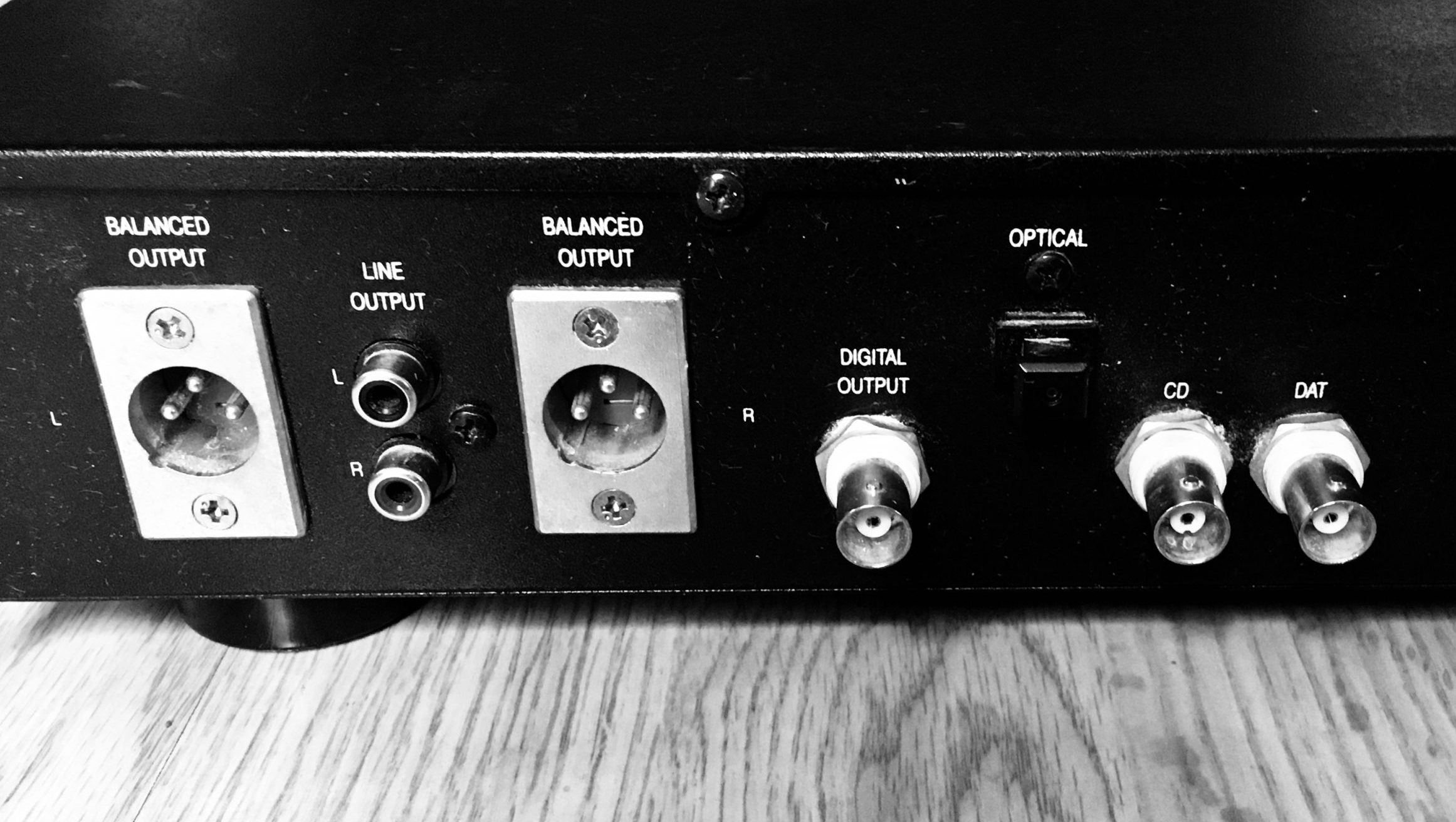
Technically, none of the models we recommend here absolutely require a dedicated DAC or an amp. However, there are situations in which you might want one.
If you find that to hear anything out of your cheap studio headphones you have to crank up the volume really high, an amp might help out. A standalone DAC bypasses a computer’s built-in audio hardware, which might be helpful if yours introduces noise or other problems. Another reason might be if your want to use your budget studio headphones with your phone or other portable devices. Sometimes, those types of devices just can’t drive a big pair of studio headphones, and an amp will help make that possible. You’ll have to drag the amp around with you, too, though.
Should studio headphones block out background noise?

Isolation is how well a given set of headphones blocks out external noises without using active noise canceling (ANC). Those outside sounds can end up overwhelming what you’re listening to, and that means you might end up mixing music with background noise in mind, instead of what’s actually coming out of the drivers.
Most of the cheap studio headphones models we recommend here have at least some isolation, either due to their padded ear cups, clamping force around your head, or a combination of those factors. An exception to this would be open-back models: these can’t isolate much at all as a consequence of their design. Ideally, you should be mixing tracks in a silent room with your preferred DAW but if that’s not possible, isolation can definitely lend a good helping hand.
Are open-back or closed-back headphones better for studio use?
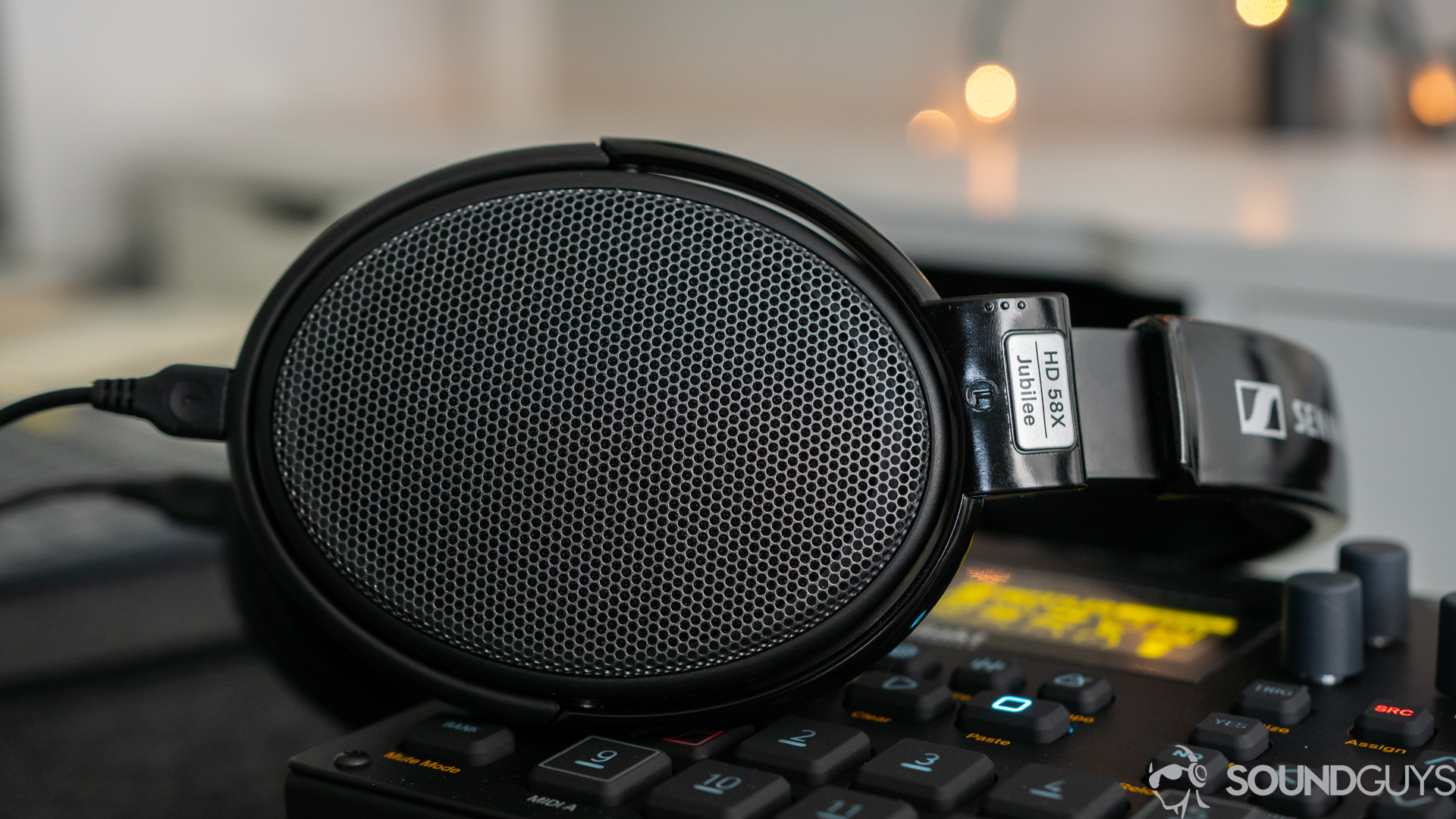
Open-back versus closed-back is a big debate and we can’t cover everything here. Both configurations have benefits and downsides. Closed-back headphones provide better isolation, as mentioned earlier, which lets you take them around more easily — maybe even for a walk outside — because external noises won’t make it to your ears as easily. Sound doesn’t leak out of them, either, so you can wear them to listen to what a recording sounds like live, as it’s being recorded. However, they typically give you less of a sense of “space” or “soundstage” in your music. That’s where open-back models tend to shine.
When you listen to tracks through an open-back headset, your ears can do a better job of pinpointing where sounds come from. That can be useful if you mix tracks with various instruments in particular configurations — take classical music, for instance. For pop and rock songs, however, you might not notice this quite as much. However, open-back designs let in all sorts of external noise and they leak sounds playing through them to the outside world, too. As a result, you might annoy your roommates when using them and you can’t wear them during a live recording session. So, when it comes to picking the perfect pair for you, consider where and when you’ll be using your budget studio headphones, whether you’ll be using them to record live instruments, and what you’ll be mixing.
Why you should trust SoundGuys on the best cheap studio headphones
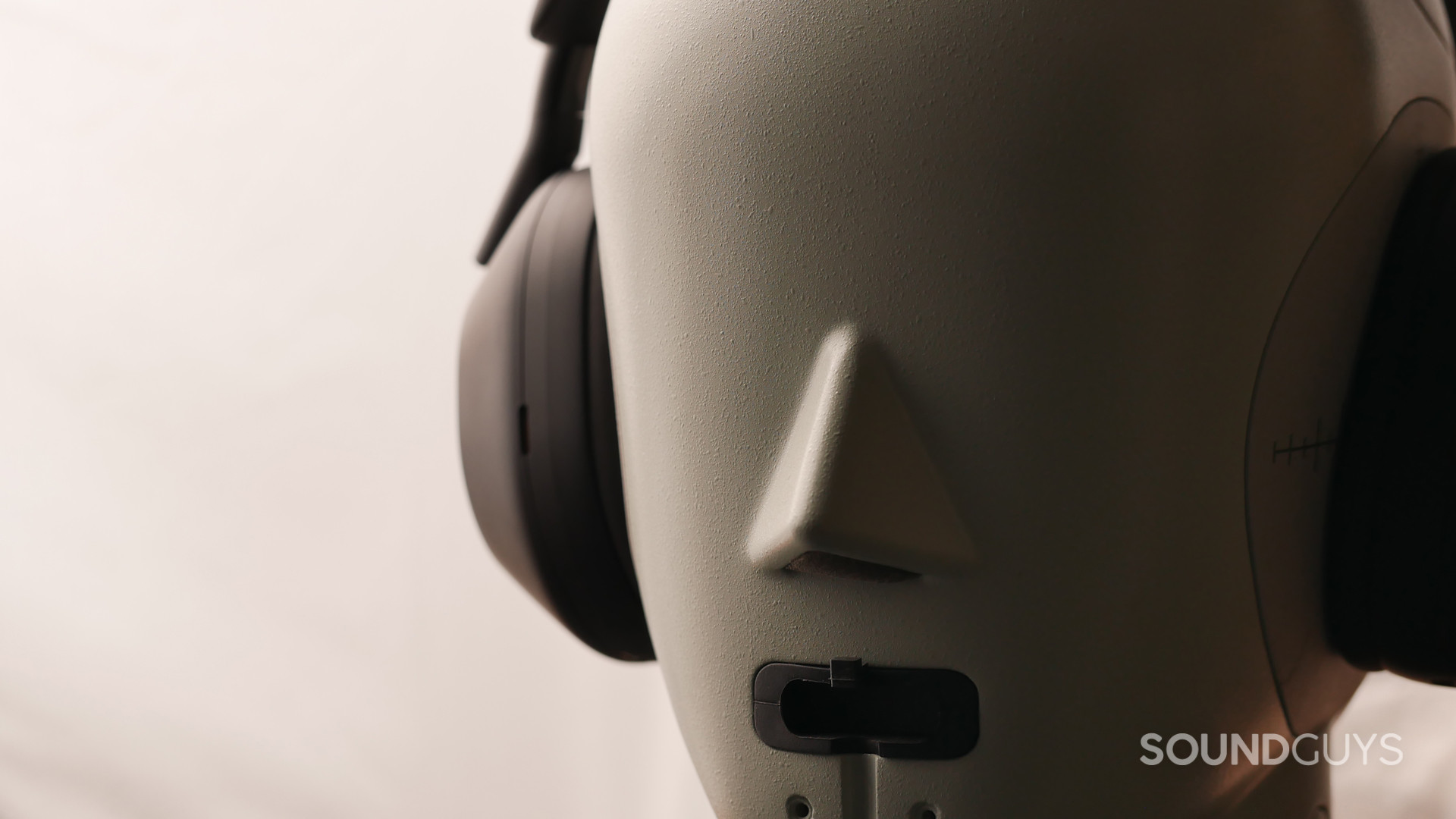
The team at SoundGuys is deeply invested in helping you find the best audio products for your needs and budget. We want to share our passion with our readers and minimize the legwork you need to put in. Whether we’re interviewing experts on hearing loss or debunking cable myths, we do what it takes to get to the truth of the matter.
Our team has years of experience reviewing products, conducting lab tests, working in studios, and in the field of journalism. If you’ve wondered if we get paid to review certain products favorably: we don’t. In fact, it’s against the SoundGuys ethics policy to receive any compensation or gift for reviews or spots on our lists.
Frequently asked questions about cheap studio headphones
Not technically, no. However, the big caveat here is you won’t know if its your headphones making your music sound a certain way or if it actually sounds like that from the recording itself. For instance, you might think your bass player is way too loud, but that might just be because most consumer headphones amp up the bass way more than anything else.
Our recommendations for budget studio headphones are wired because, well, wires are cheap. Wireless models tend to be more expensive. Plus, Bluetooth introduces the possibility of latency and other problems, which you want to avoid in a studio setting.
